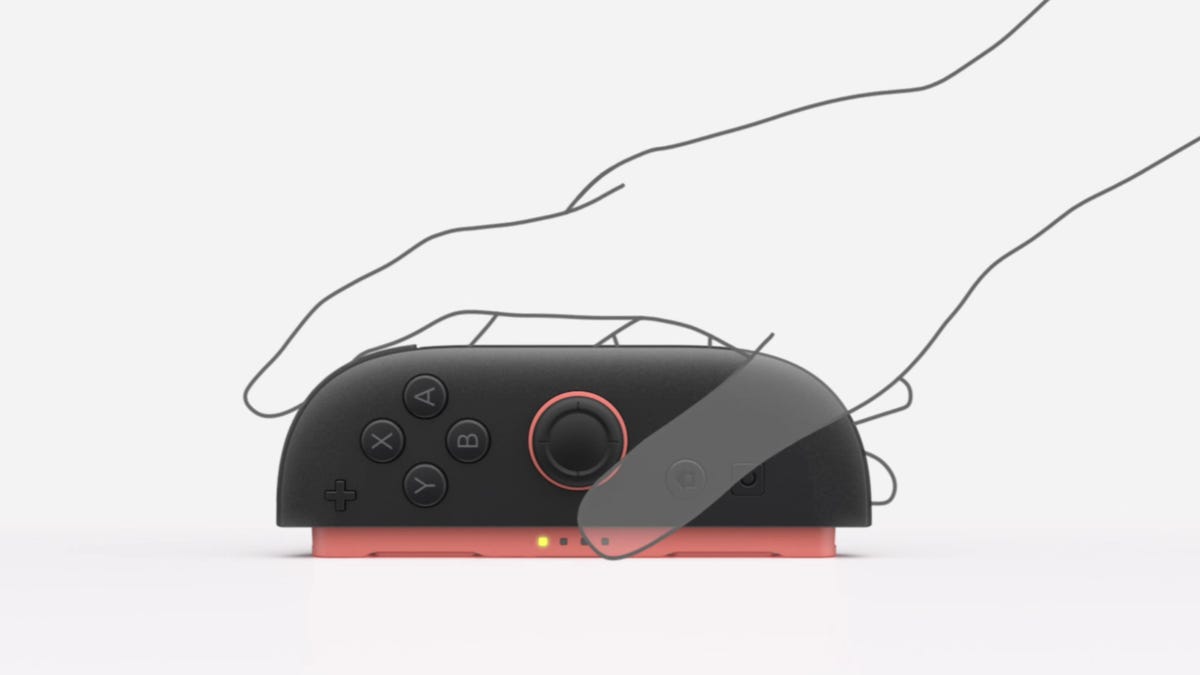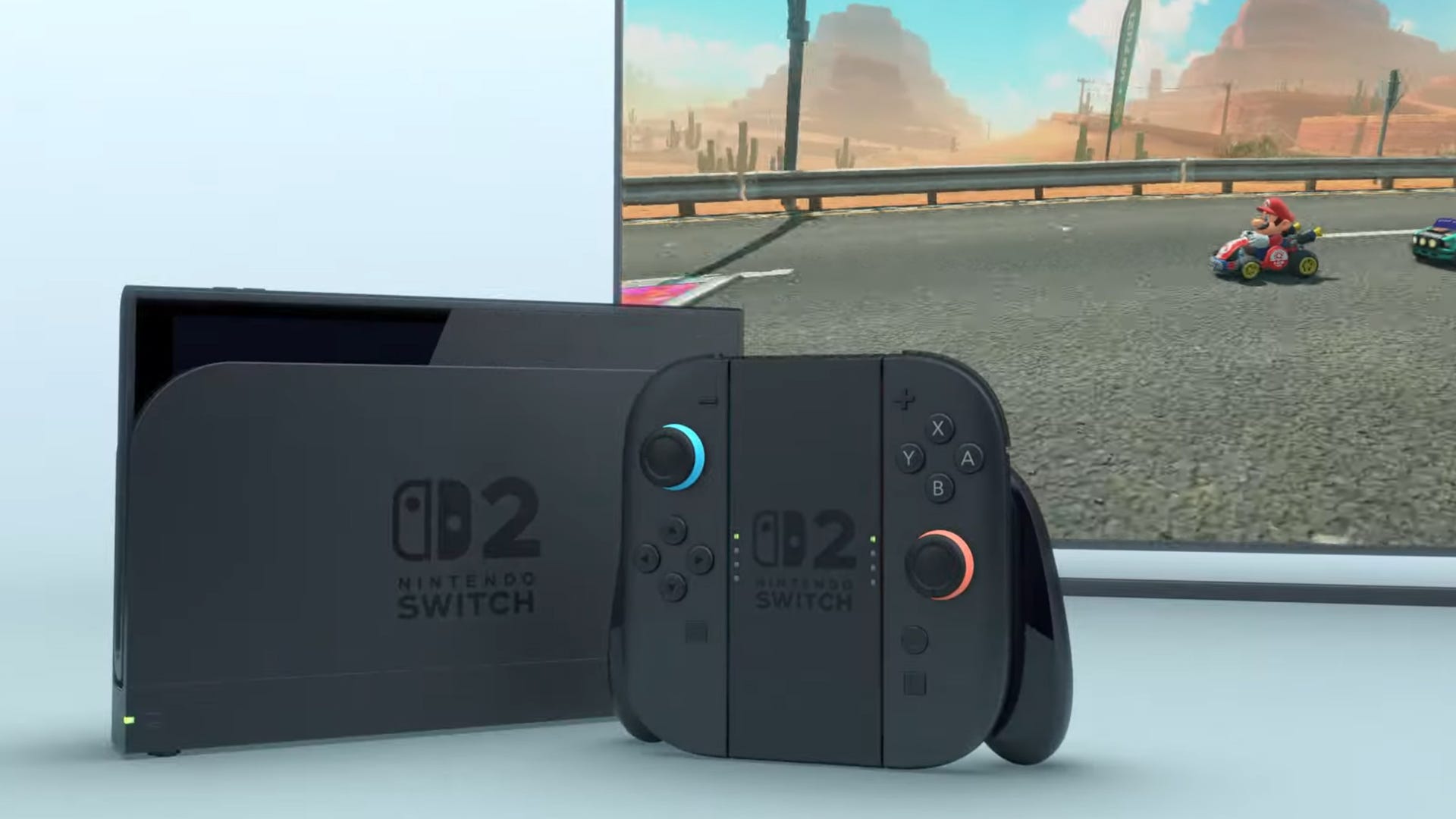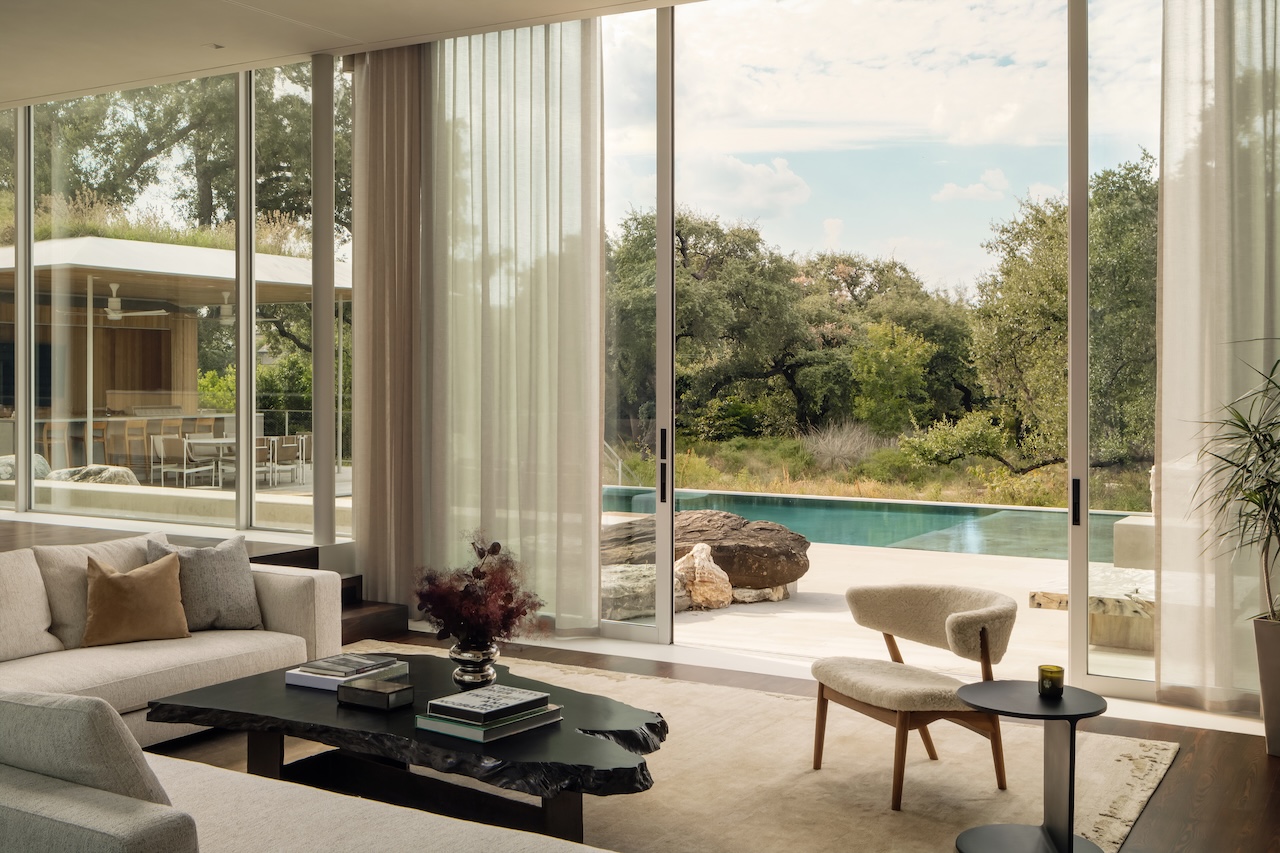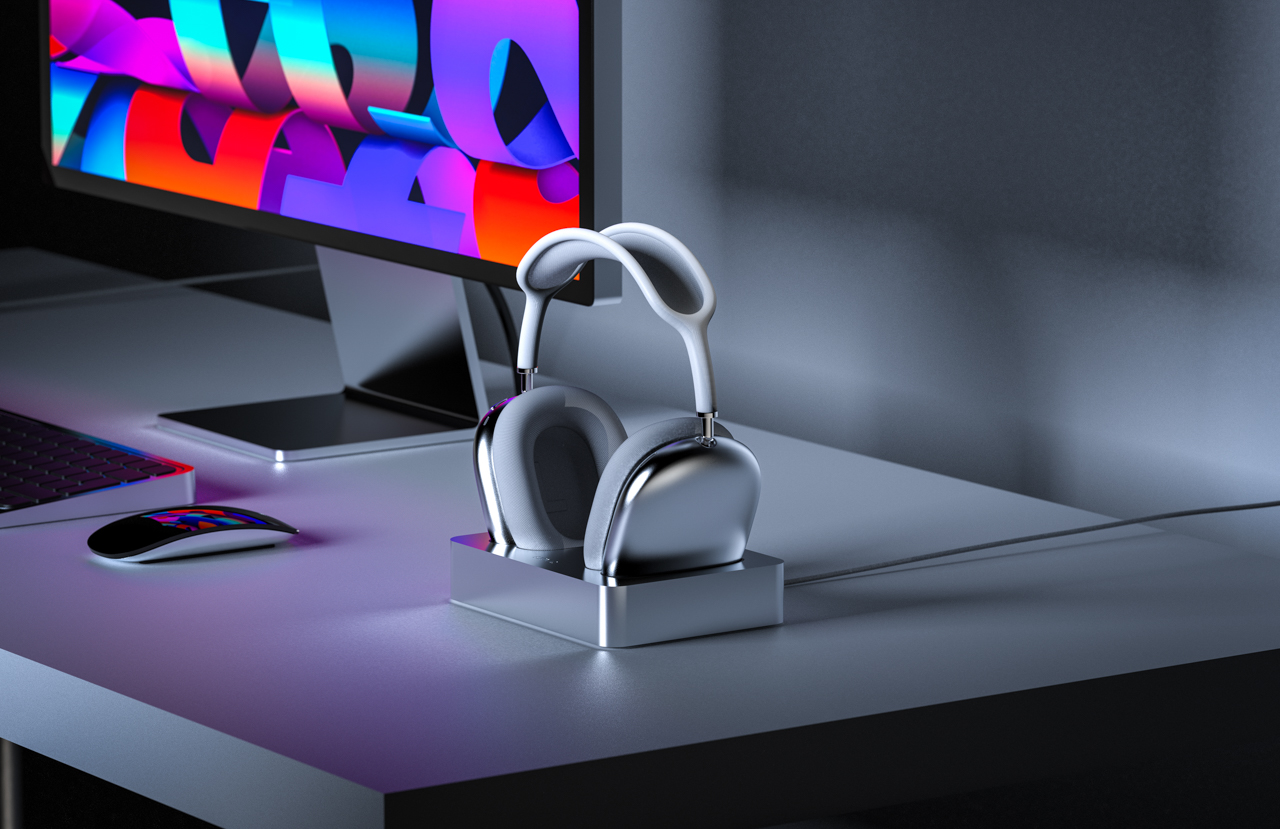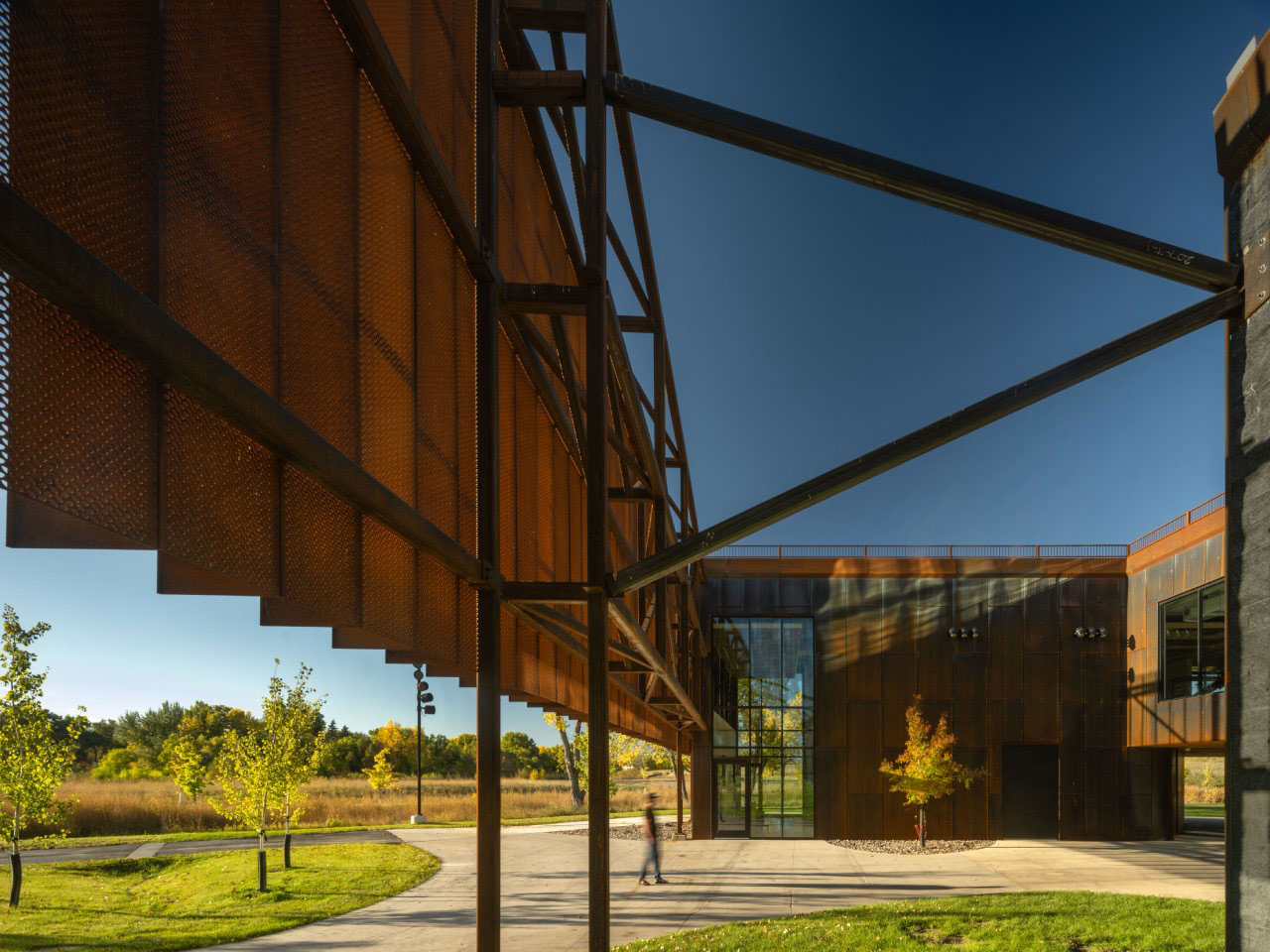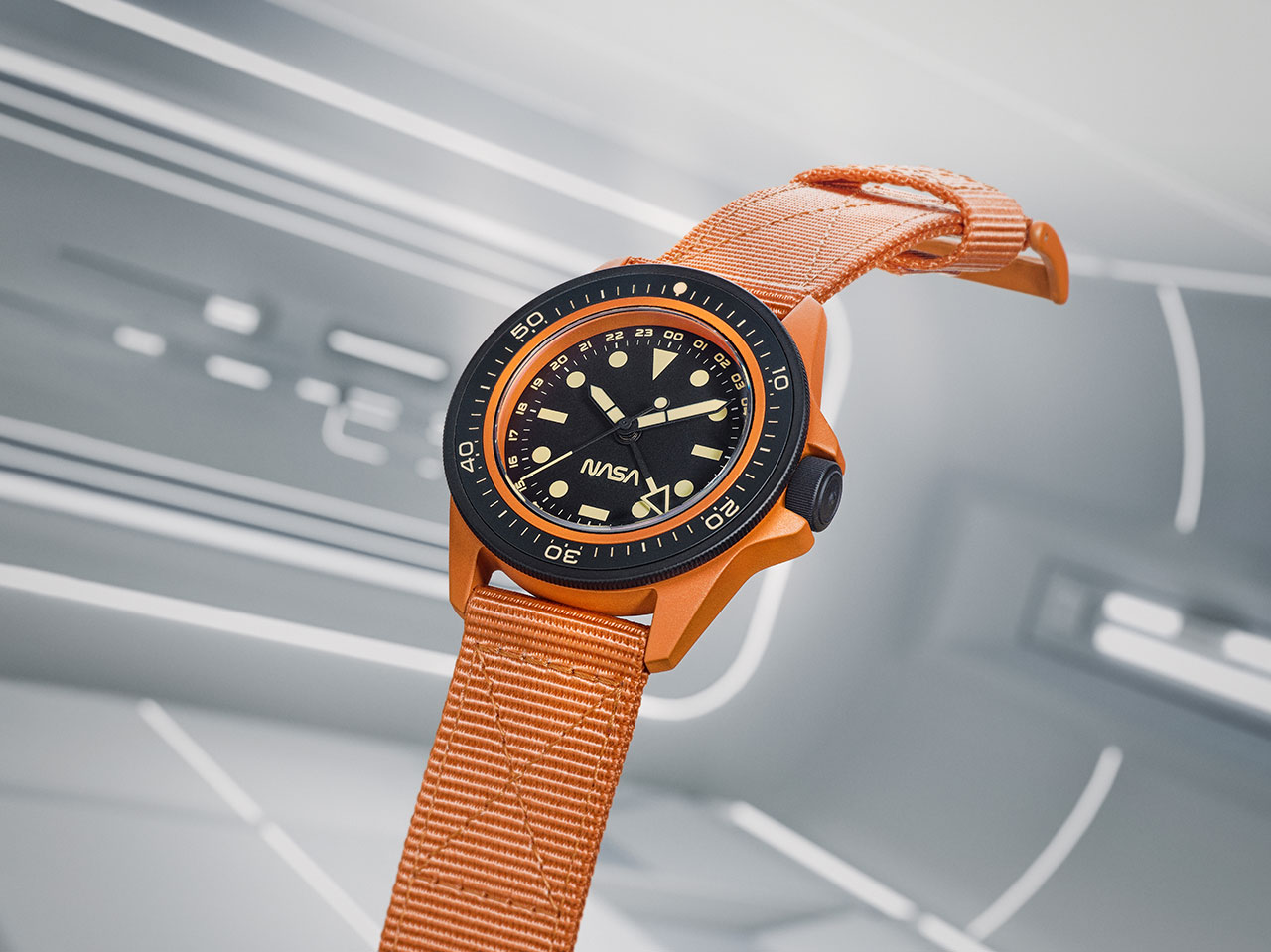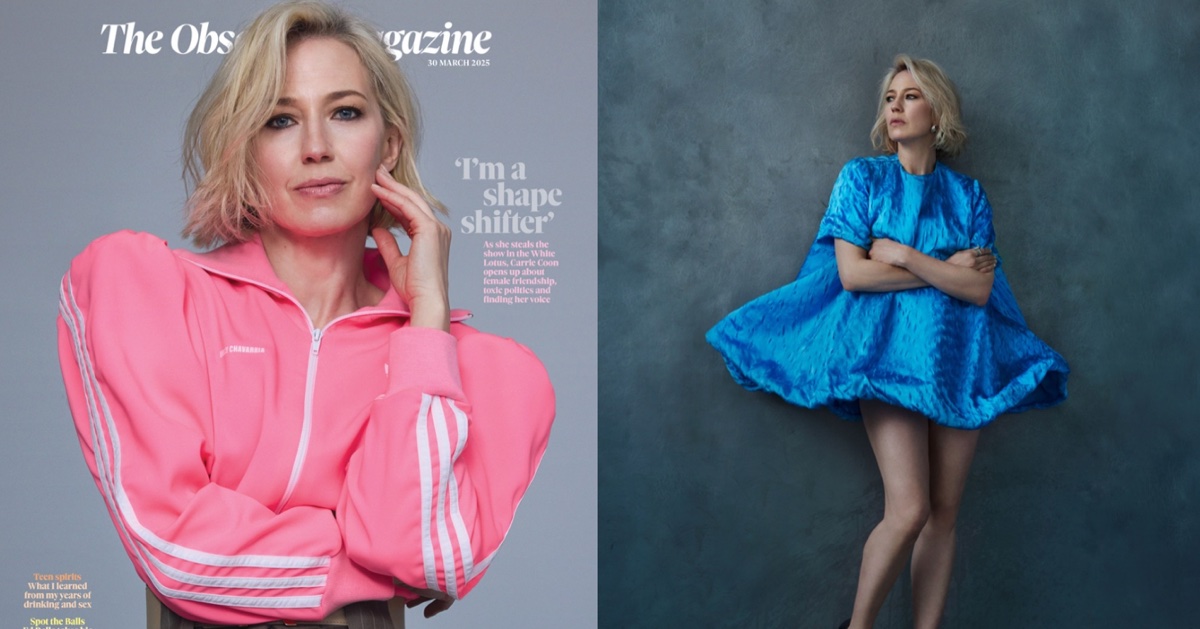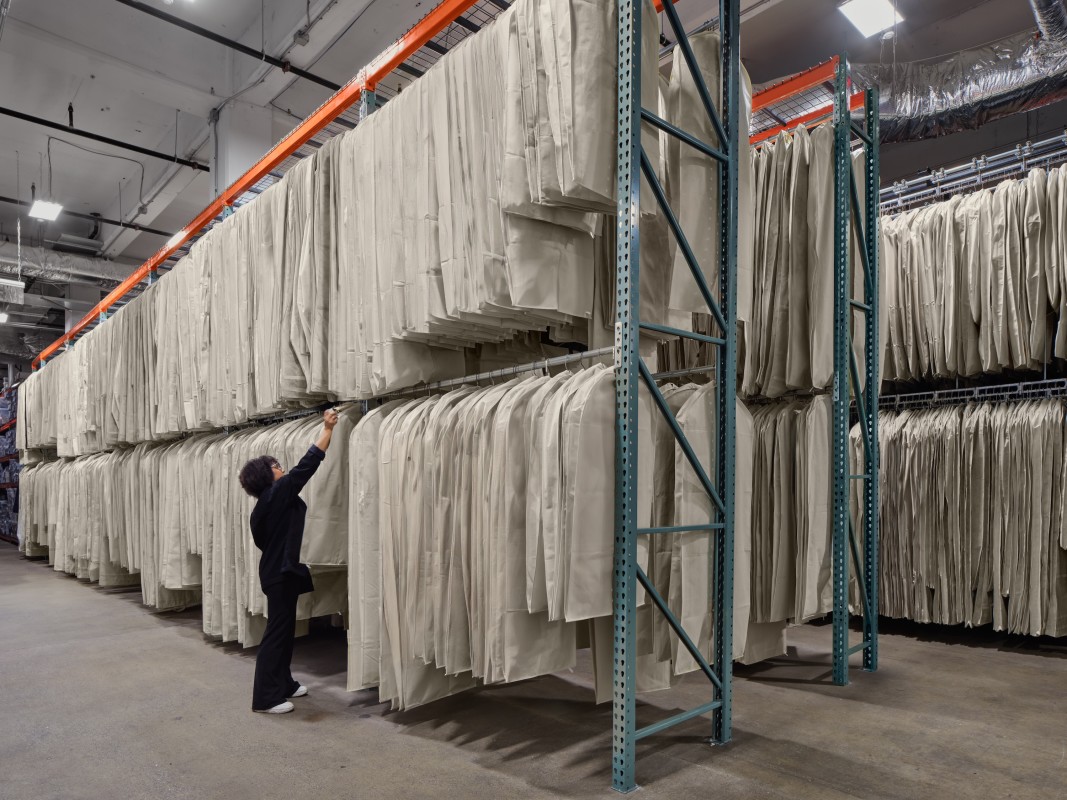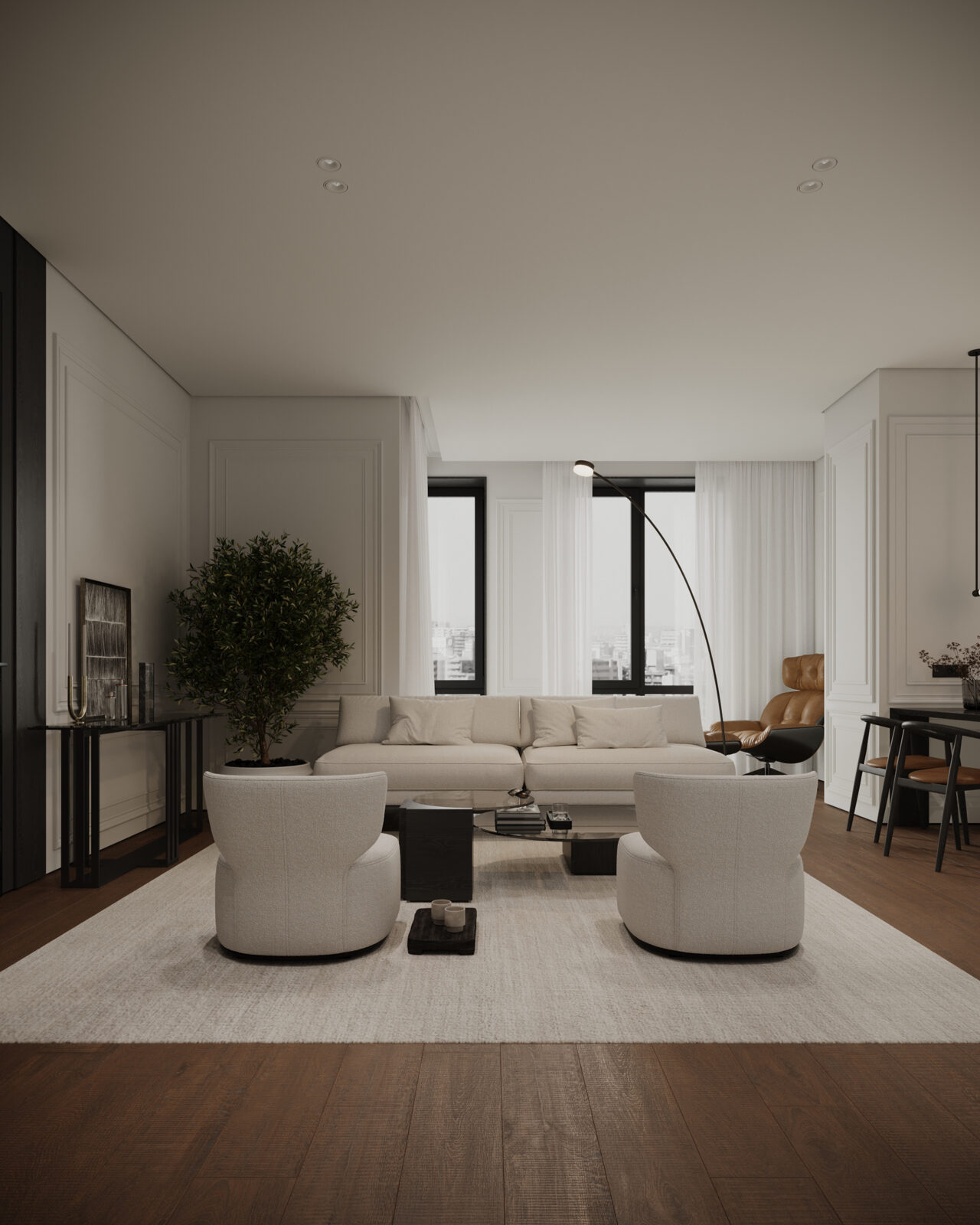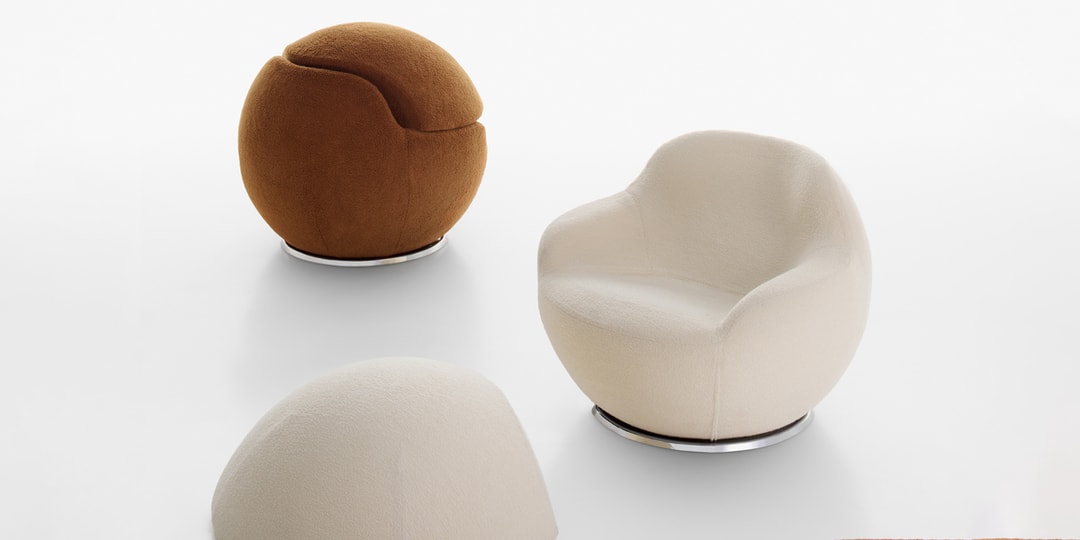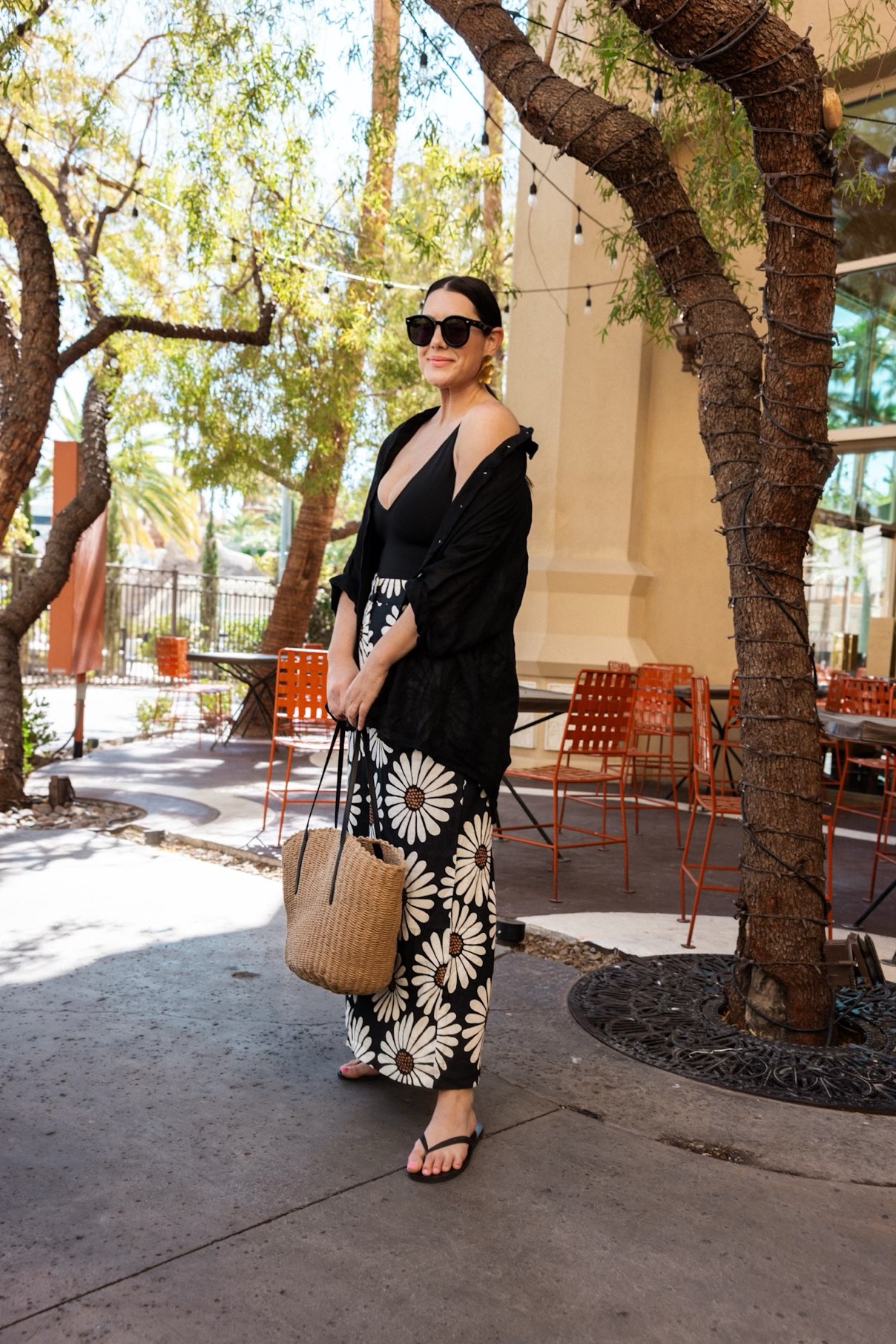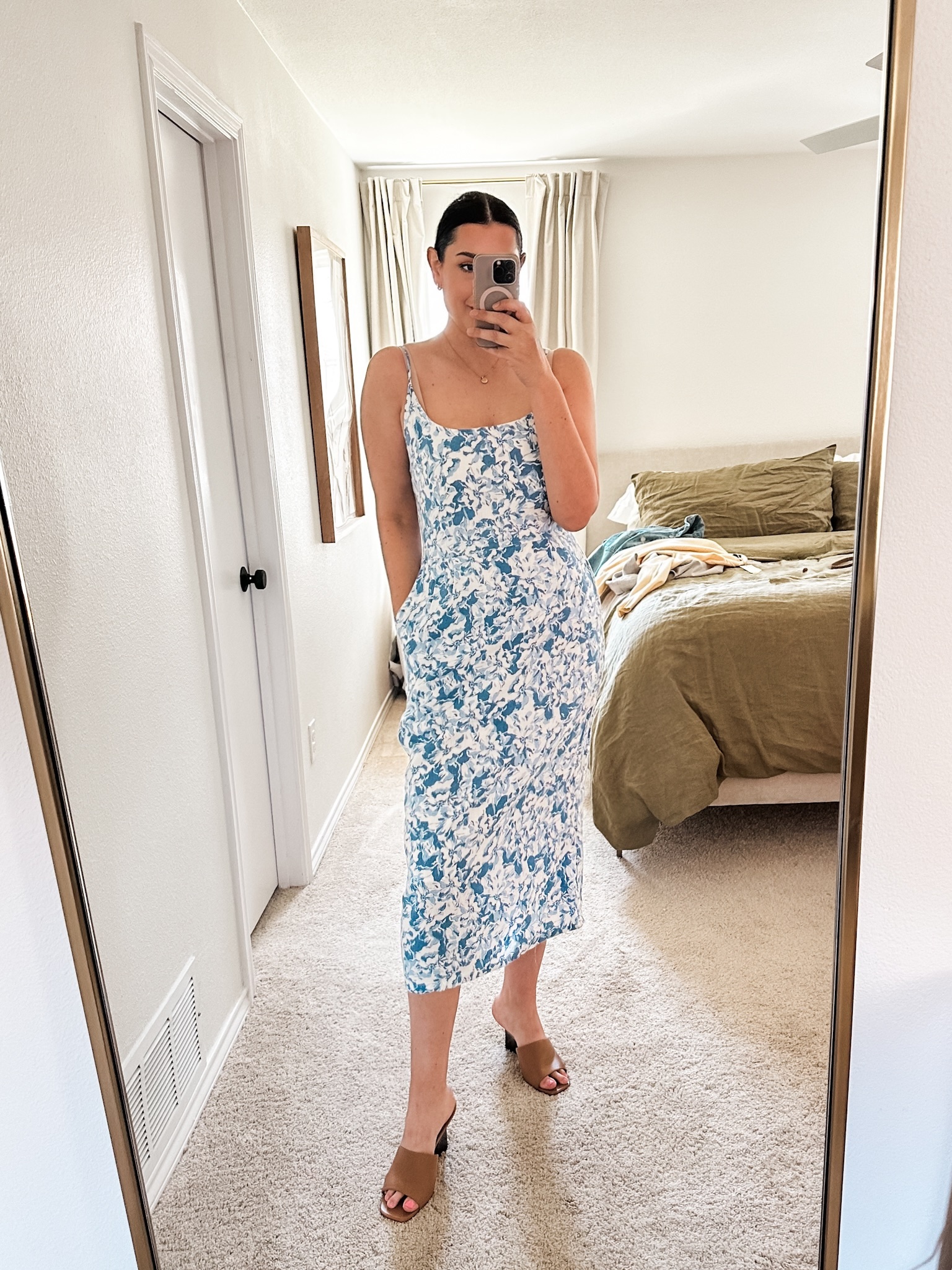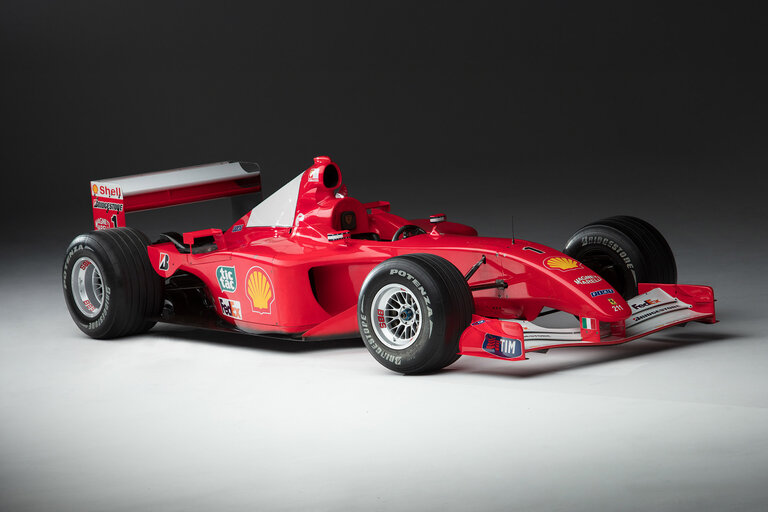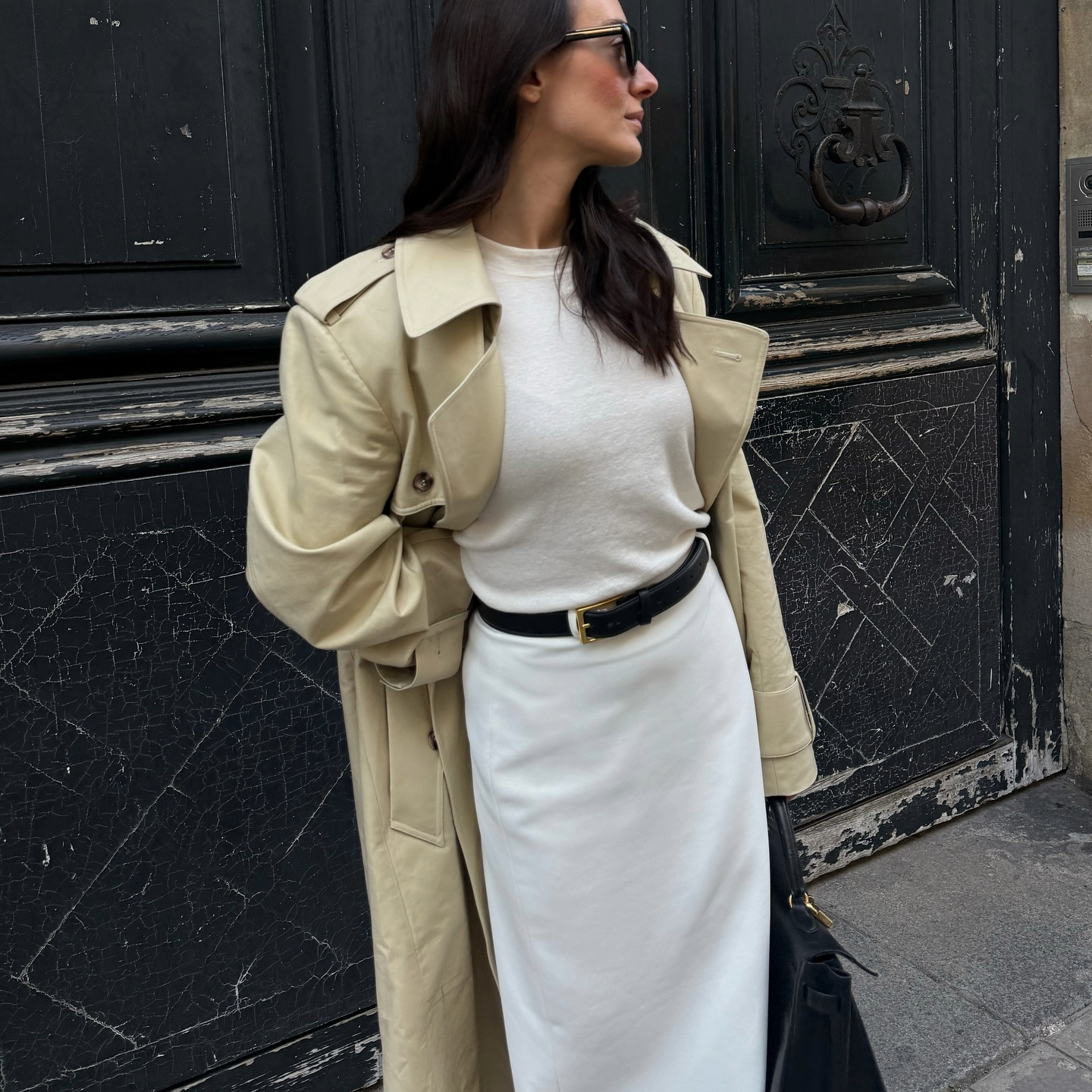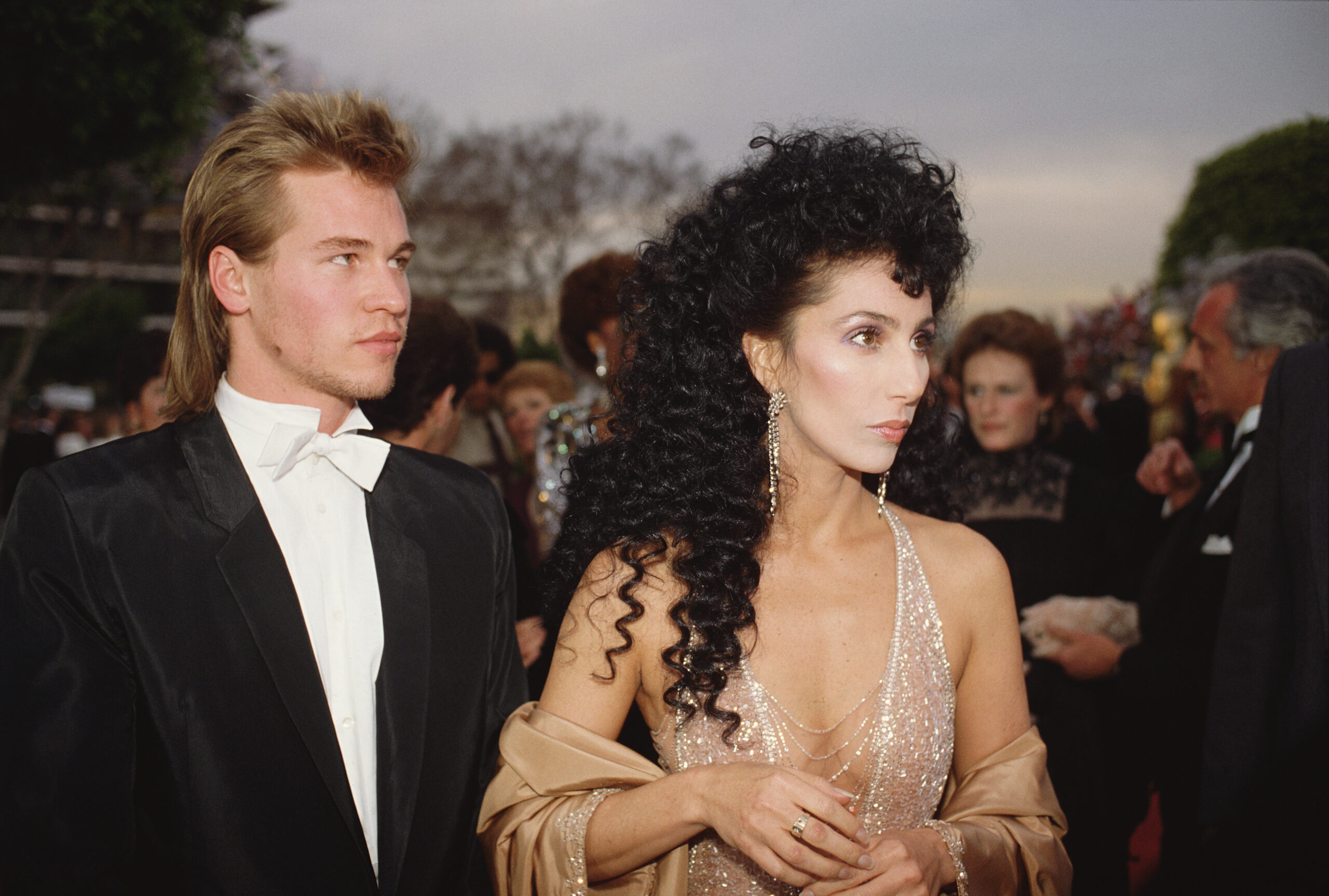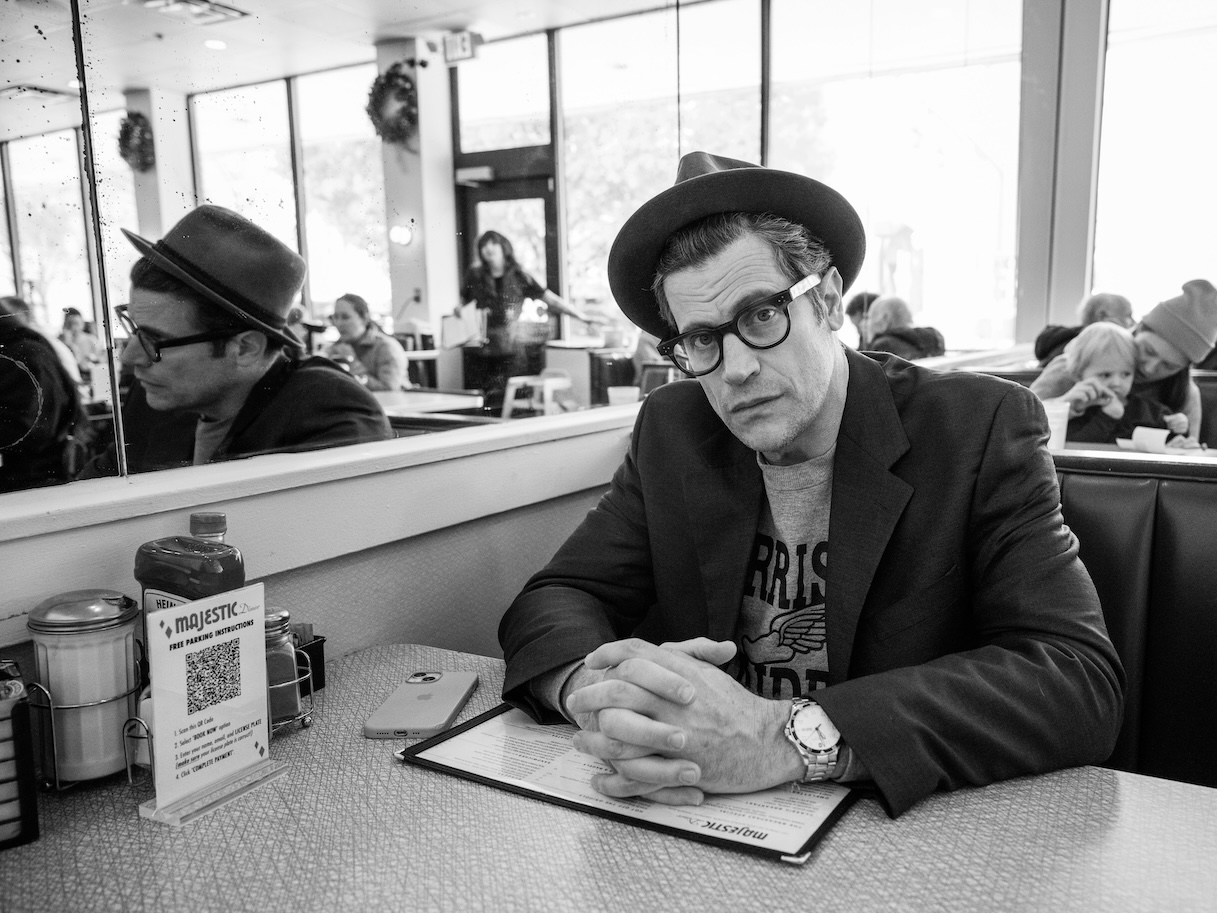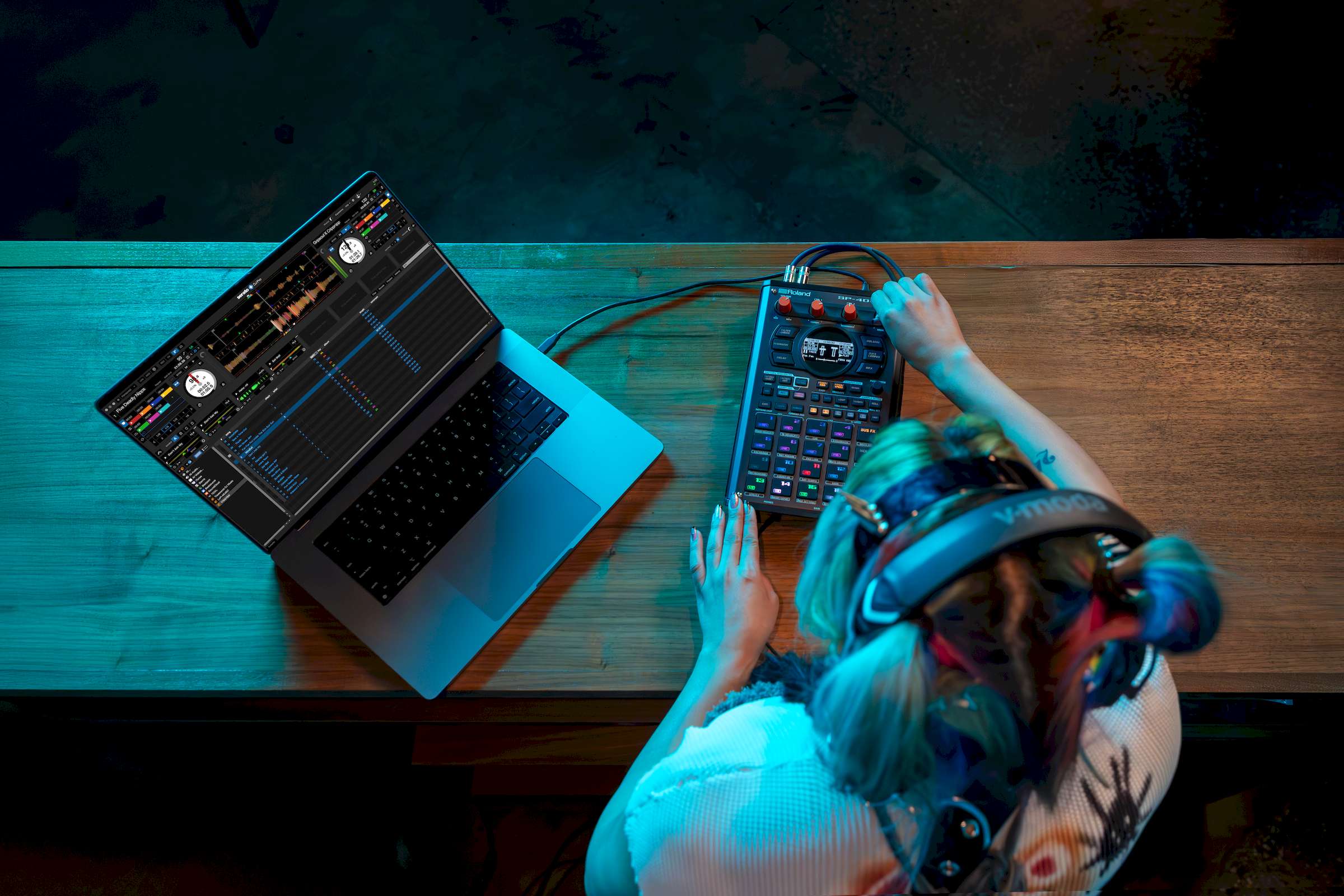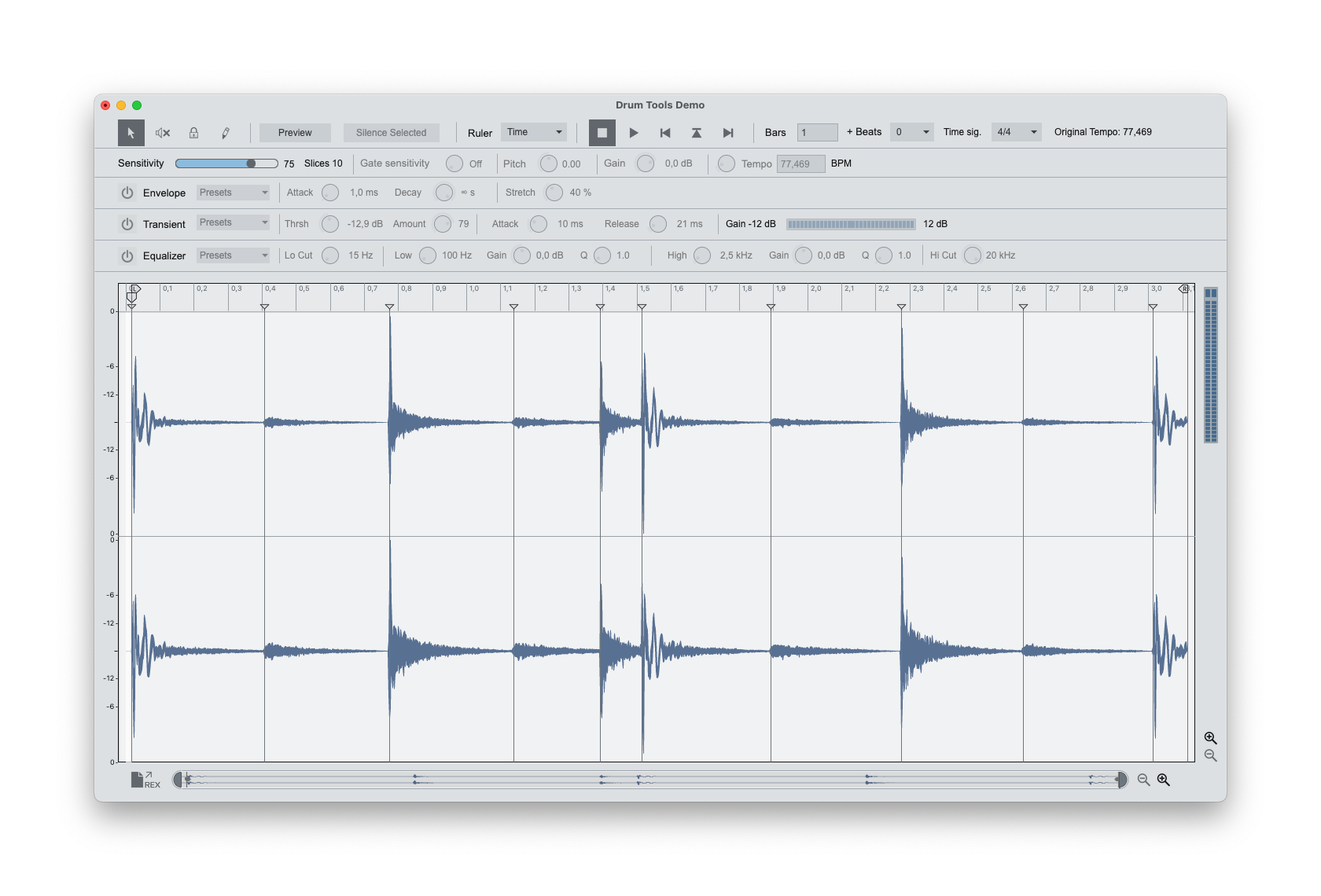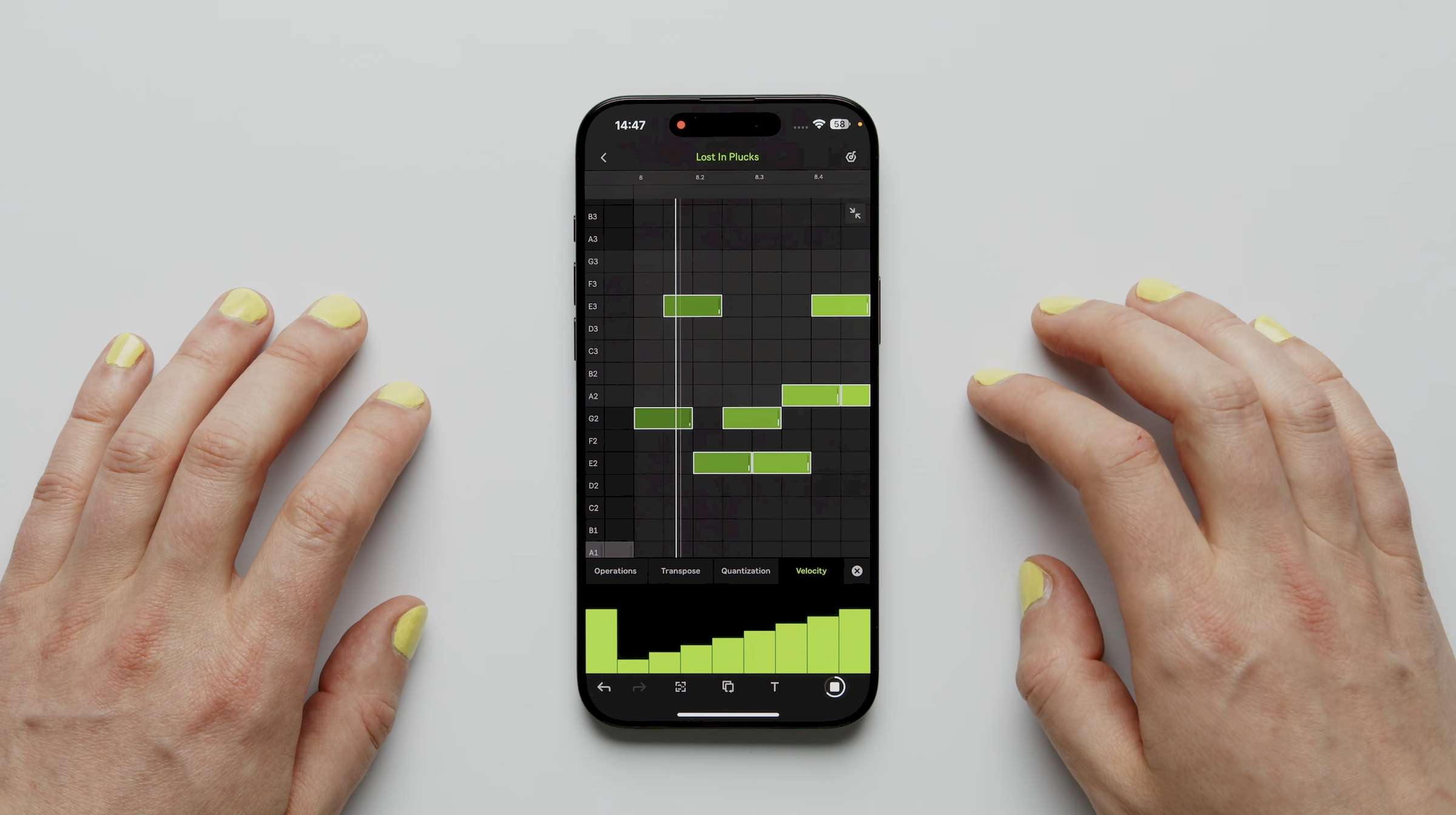The Sigma BF isn't the revolution I hoped for, but the effort that's gone in is obvioius
When you use DPReview links to buy products, the site may earn a commission. Photo: Richard Butler Some years ago, when I was relatively new to the camera industry, I wrote a post for DPReview's short-lived blog, suggesting it was high time someone re-thought the way camera interfaces work. I used Apple as an example of a company making inroads into an established market by developing a completely different way to interact with a device. I had no idea, back then, just how much impact the iPhone would go on to have, of course. The iPhone 3G, the first to offer competitive communication speeds, had only been launched a few months earlier and it seemed impossible that the likes of Nokia would be swept away by a relatively small computer company. I explicitly wasn't advocating for cameras to move to a smartphone-style touch interface, more for a blank-sheet reconsideration of what a camera needs to provide and how best to prioritize those things. When I wrote a blog post in 2008 asking for an Apple-style re-think of the way cameras operate, I had no idea just how significant the iPhone would go on to become. Rendering: Apple Sixteen years later, no one's really attempted it. A lot of cameras still operate like film cameras with a dizzying array of digital functions clumsily added on top. Most manufacturers haven't significantly re-thought menu systems originally designed for 20-or-so options despite them now having to accommodate around 100. Arguably none of them work well at this point: the difference is in just how badly they cope. The result is cameras that are only really usable by people who've spent quite a lot of time learning how to use them, which is why I quietly seeth every time I hear a camera being described as 'intuitive.' Photography's core elements are complex enough that there'll always be something of a learning curve, but there's probably a middle-ground between a smartphone that does everything from focus and exposure to adaptive processing for you and a camera that operates like a 1980s SLR with a text-based choose-you-own-adventure computer game glued to the back. Small steps There has been some innovation since then, of course: Pentax created the TAv (time and aperture priority) exposure mode that has now become commonplace in the form of allowing Auto ISO while in Manual exposure mode. And its Hyper Program mode where you could override its aperture or shutter speed decisions while retaining a high degree of automation. Likewise, Canon introduced its Flexible Priority exposure mode (along with the disappointingly useless M-Fn swipe bar) on the EOS R, which let you select which of aperture value, shutter speed and ISO you controlled and which were automated, on-the-fly. I'll confess I never quite managed to get my head 'round using it quickly enough for it to be beneficial. The Sigma BF is not the answer With its dedicated settings screen, the Sigma BF represents a radical new approach to camera operation. Photo: Richard Butler The Sigma BF is one of the most radical attempts I've witnessed to re-think how a camera operates. That's why I've put so much time into making videos about it over the past few weeks: because it's so different to anything you might have used before that it's hard to appreciate without seeing it in action. To be absolutely clear: it is not the future of photography. It's a fascinating, back-to-fundamentals way of controlling a camera that makes you really think about shutter speed, aperture and exposure compensation (and by extension, ISO), in a way I've found quite inspiring. However, it engenders (perhaps even enforces) a slow, contemplative way of shooting that wouldn't be appropriate for most photography or most photographers. I'll admit when I first heard the underlying specs of the BF I was worried Sigma had somehow taken five years to make a more limited version of the fp, which would appear to be a complete waste of everyone's time. But when I got to actually use it, the interface turned out to make it one of the most interesting cameras I've used in years. Again, not as an all-round, do-anything camera: even if you added a mechanical shutter, it wouldn't be that. But as an attractive device for documenting the world, it's strangely compelling. All about the detail Whatever you might think about the BF, a little bit of time spent using it reveals just how much thought has gone into its interface. Learning to operate each function one at a time through the dedicated settings display, then using the main LCD solely for composition and focus, with no incomprehensible icons distracting you, is unexpectedly engaging. Whereas on the single-dial Panasonic S9 I find myself constantly frustrated, pressing buttons, cursing and wishing for a second control dial, on the BF I've found myself intentionally passing the aperture control back to the camera's single dial. It's difficult to rationalize, and yet, it makes sense when the camera is

 |
| Photo: Richard Butler |
Some years ago, when I was relatively new to the camera industry, I wrote a post for DPReview's short-lived blog, suggesting it was high time someone re-thought the way camera interfaces work.
I used Apple as an example of a company making inroads into an established market by developing a completely different way to interact with a device. I had no idea, back then, just how much impact the iPhone would go on to have, of course. The iPhone 3G, the first to offer competitive communication speeds, had only been launched a few months earlier and it seemed impossible that the likes of Nokia would be swept away by a relatively small computer company.
I explicitly wasn't advocating for cameras to move to a smartphone-style touch interface, more for a blank-sheet reconsideration of what a camera needs to provide and how best to prioritize those things.
 |
|
When I wrote a blog post in 2008 asking for an Apple-style re-think of the way cameras operate, I had no idea just how significant the iPhone would go on to become. Rendering: Apple |
Sixteen years later, no one's really attempted it. A lot of cameras still operate like film cameras with a dizzying array of digital functions clumsily added on top. Most manufacturers haven't significantly re-thought menu systems originally designed for 20-or-so options despite them now having to accommodate around 100. Arguably none of them work well at this point: the difference is in just how badly they cope.
The result is cameras that are only really usable by people who've spent quite a lot of time learning how to use them, which is why I quietly seeth every time I hear a camera being described as 'intuitive.' Photography's core elements are complex enough that there'll always be something of a learning curve, but there's probably a middle-ground between a smartphone that does everything from focus and exposure to adaptive processing for you and a camera that operates like a 1980s SLR with a text-based choose-you-own-adventure computer game glued to the back.
Small steps
There has been some innovation since then, of course: Pentax created the TAv (time and aperture priority) exposure mode that has now become commonplace in the form of allowing Auto ISO while in Manual exposure mode. And its Hyper Program mode where you could override its aperture or shutter speed decisions while retaining a high degree of automation.
Likewise, Canon introduced its Flexible Priority exposure mode (along with the disappointingly useless M-Fn swipe bar) on the EOS R, which let you select which of aperture value, shutter speed and ISO you controlled and which were automated, on-the-fly. I'll confess I never quite managed to get my head 'round using it quickly enough for it to be beneficial.
The Sigma BF is not the answer
 |
|
With its dedicated settings screen, the Sigma BF represents a radical new approach to camera operation. Photo: Richard Butler |
The Sigma BF is one of the most radical attempts I've witnessed to re-think how a camera operates. That's why I've put so much time into making videos about it over the past few weeks: because it's so different to anything you might have used before that it's hard to appreciate without seeing it in action.
To be absolutely clear: it is not the future of photography. It's a fascinating, back-to-fundamentals way of controlling a camera that makes you really think about shutter speed, aperture and exposure compensation (and by extension, ISO), in a way I've found quite inspiring. However, it engenders (perhaps even enforces) a slow, contemplative way of shooting that wouldn't be appropriate for most photography or most photographers.
I'll admit when I first heard the underlying specs of the BF I was worried Sigma had somehow taken five years to make a more limited version of the fp, which would appear to be a complete waste of everyone's time. But when I got to actually use it, the interface turned out to make it one of the most interesting cameras I've used in years. Again, not as an all-round, do-anything camera: even if you added a mechanical shutter, it wouldn't be that. But as an attractive device for documenting the world, it's strangely compelling.
All about the detail
Whatever you might think about the BF, a little bit of time spent using it reveals just how much thought has gone into its interface. Learning to operate each function one at a time through the dedicated settings display, then using the main LCD solely for composition and focus, with no incomprehensible icons distracting you, is unexpectedly engaging.
Whereas on the single-dial Panasonic S9 I find myself constantly frustrated, pressing buttons, cursing and wishing for a second control dial, on the BF I've found myself intentionally passing the aperture control back to the camera's single dial. It's difficult to rationalize, and yet, it makes sense when the camera is in your hand.
There are two details that have jumped out at me. The first is that: when you half-press the shutter, just as you're about to take your shot, the BF switches the dial's function to exposure compensation. It's a lovely little touch: it assumes you've selected the aperture and/or shutter speed you want, creatively, but makes it easy to give it a little tweak at the last moment, if needed.
It just works
But the detail that really stood out to me is the way White Balance is handled. Not something you might usually notice or pay attention to, but the way it's handled on the BF is so clever that it makes you realize how much thought has gone into it.
When you first turn the camera on, the White Balance icons are arranged in order of color temperature, so that you can scroll from correcting too much orange light to correcting too much blue. That's standard enough.
 |
| Custom White Balance presets get saved along the white balance continuum in the menus. You can tap the trash icon to delete them. |
But what jumped out at me is what happens when you set a custom white balance. For this you have to bring up the 10-setting function menu to access the Custom WB option, but whatever value it records is then saved as a preset, in sequence along the color temperature spectrum.
So if you set a custom white balance that isn't quite as cooling as the Incandescent preset, that custom preset will now appear between the Incandescent and Fluorescent settings as you scroll through your white balance options. If you find you no longer need that preset, you can delete it.
Manually defined white balance values are treated a little differently: they still appear in their relative position on the scale, but have to be selected from the function menu because, once selected, the rear dial adjusts their value, rather than jumping between presets. I was annoyed by this inconsistency at first, but it makes sense that you're more likely to want to constantly fine-tune a white balance value you've chosen yourself, rather than setting from a grey card.
Ultimately, the handling of white balance is a tiny little detail for a setting most people don't regularly interact with, but a detail that's redolent of the degree of consideration that's gone into ensuring the BF can be operated using a screen that displays a single parameter at a time.
There's still need for revolution
As I hope I've made clear, I'm not saying the Sigma BF is the iPhone of the camera industry: far from it. But sixteen or so years after asking for it, it's lovely to see someone willing to radically rethink how a camera could work. And I want to acknowledge Sigma and whoever designed the BF's White Balance system for doing so.





![Arsenal Unveiled in New Gameplay Trailer for Psychological Survival Horror Game ‘Holstin’ [Watch]](https://bloody-disgusting.com/wp-content/uploads/2025/04/holstin.jpg)
![‘The Amityville Horror’ Is the Granddaddy of Supernatural True Crime Films [Murder Made Fiction]](https://bloody-disgusting.com/wp-content/uploads/2019/07/Amityville-Horror-George.jpg)






















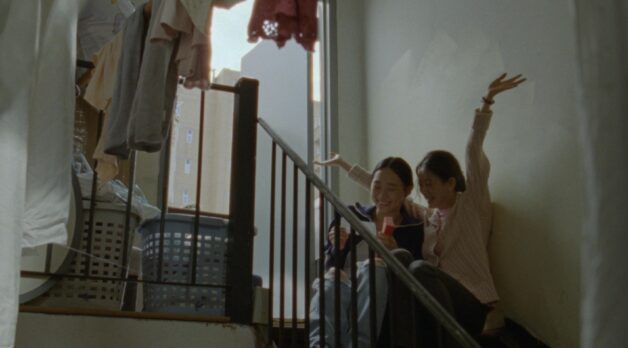






















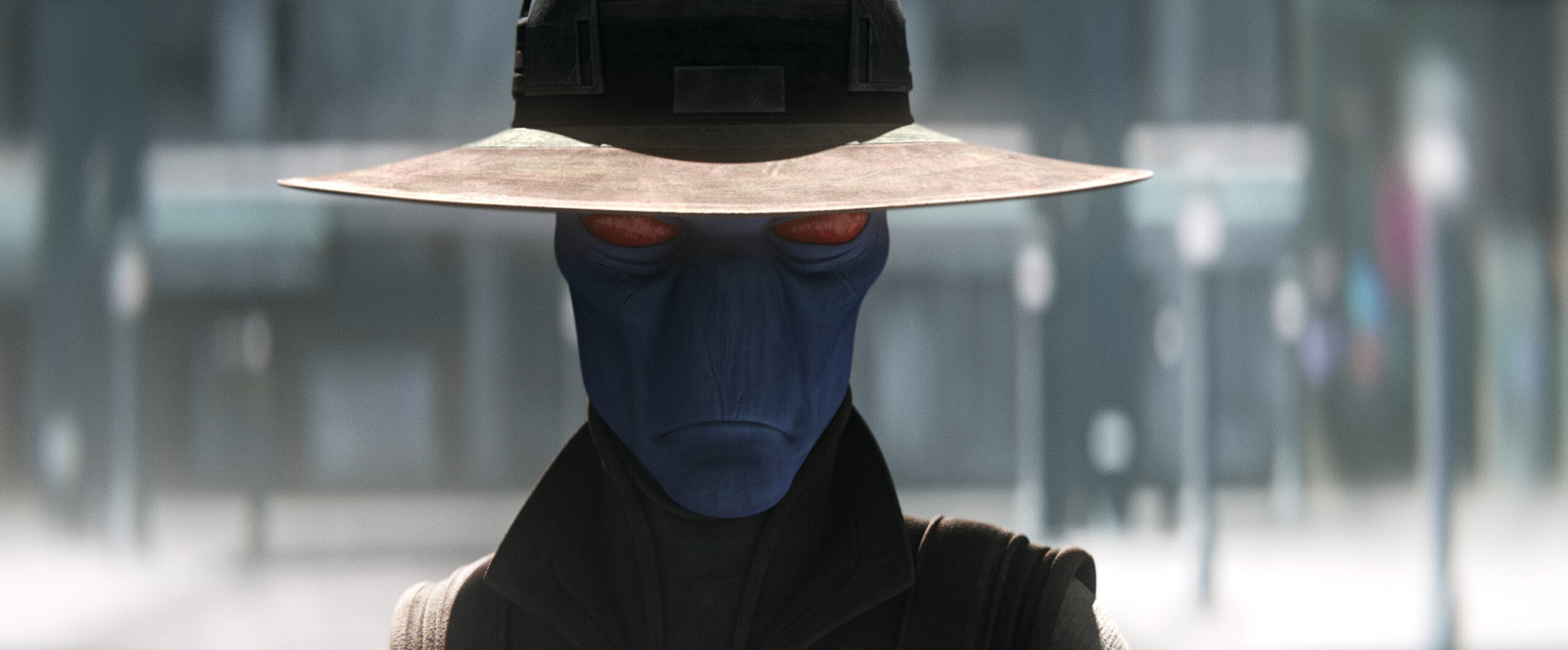





















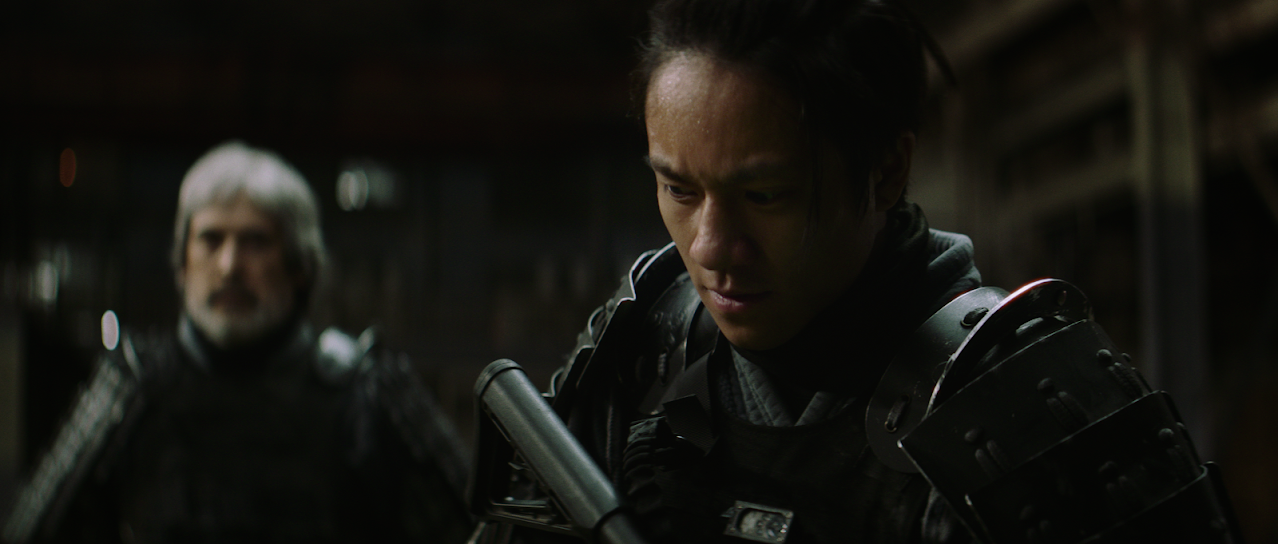
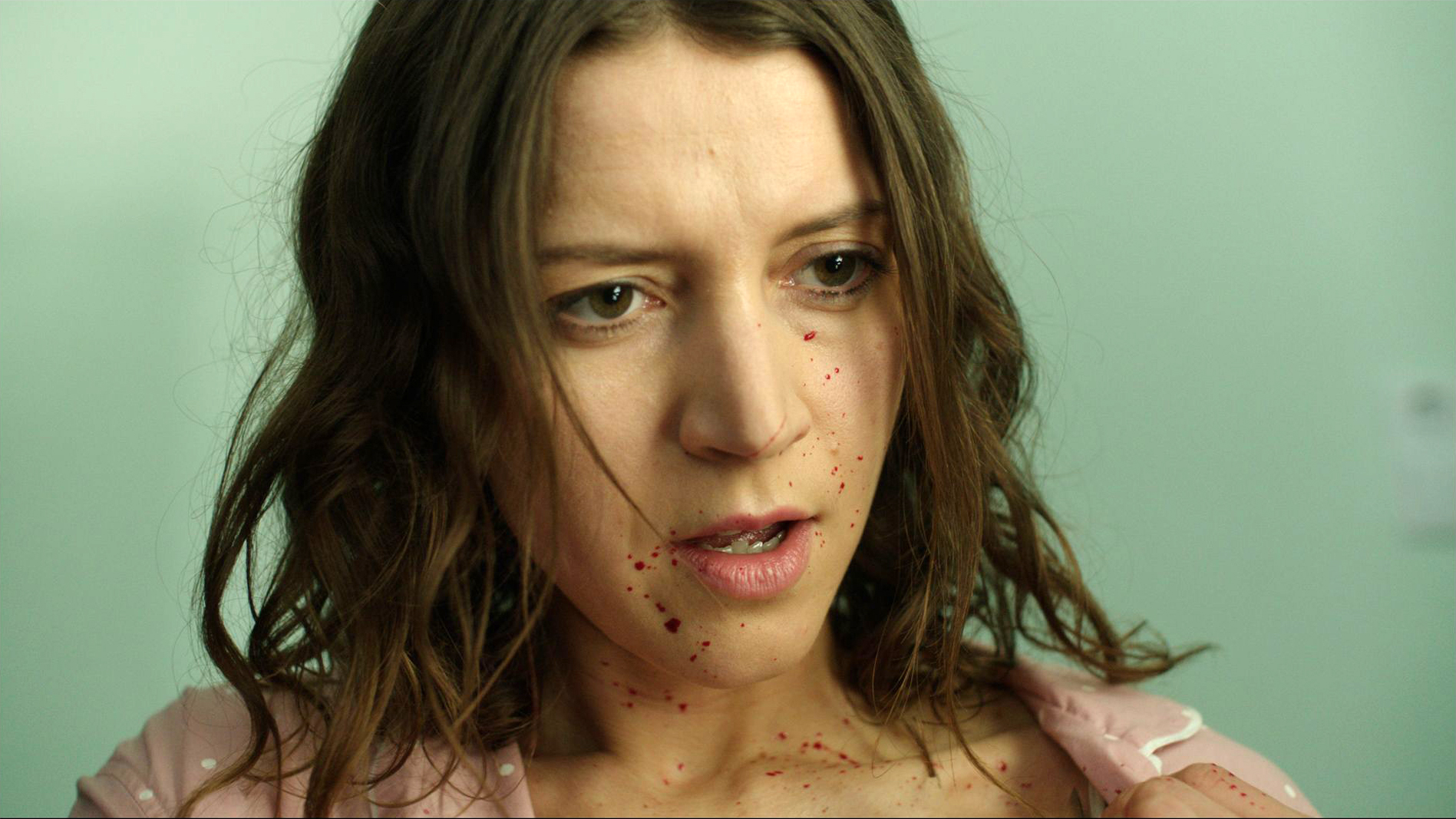





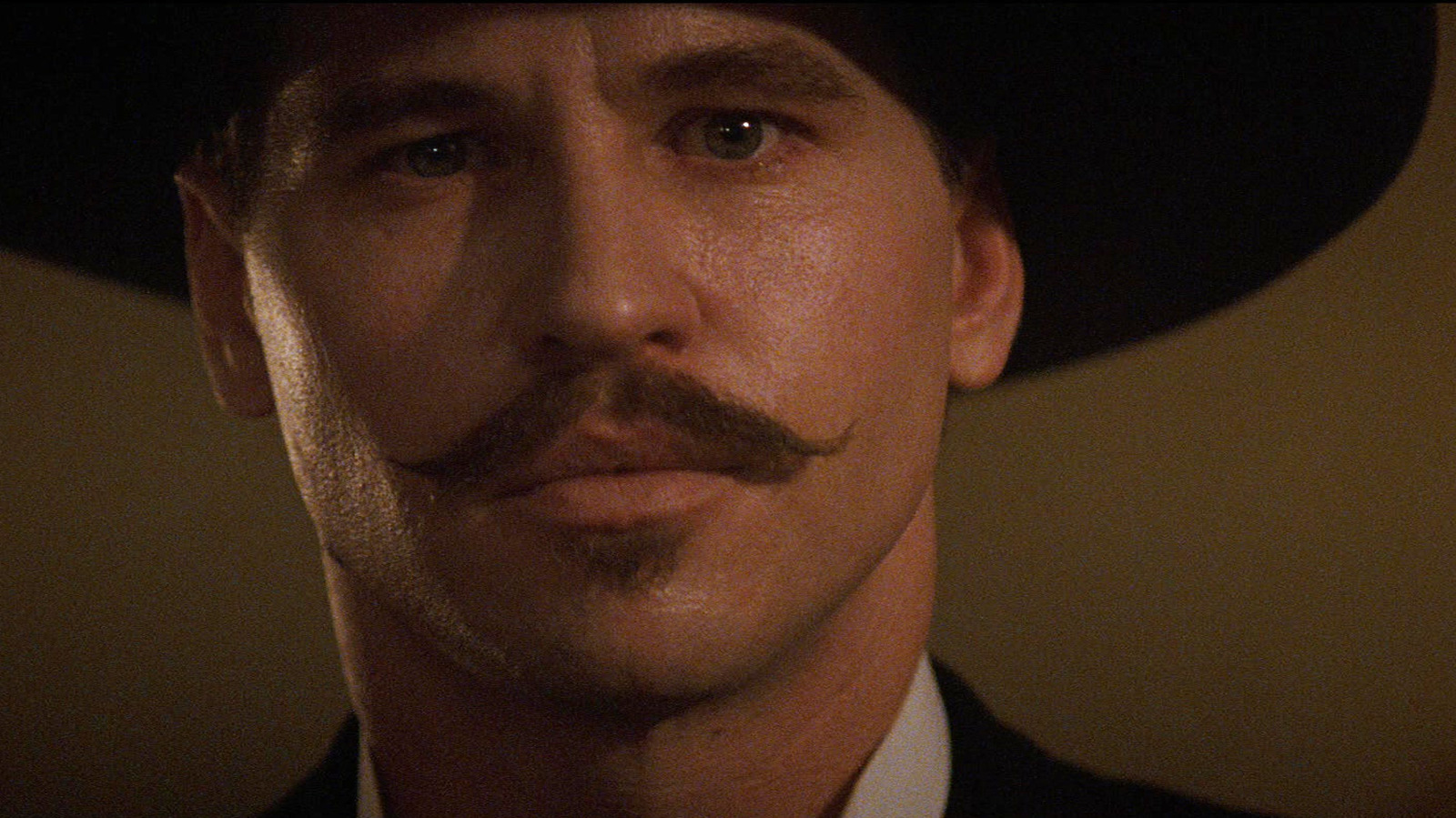




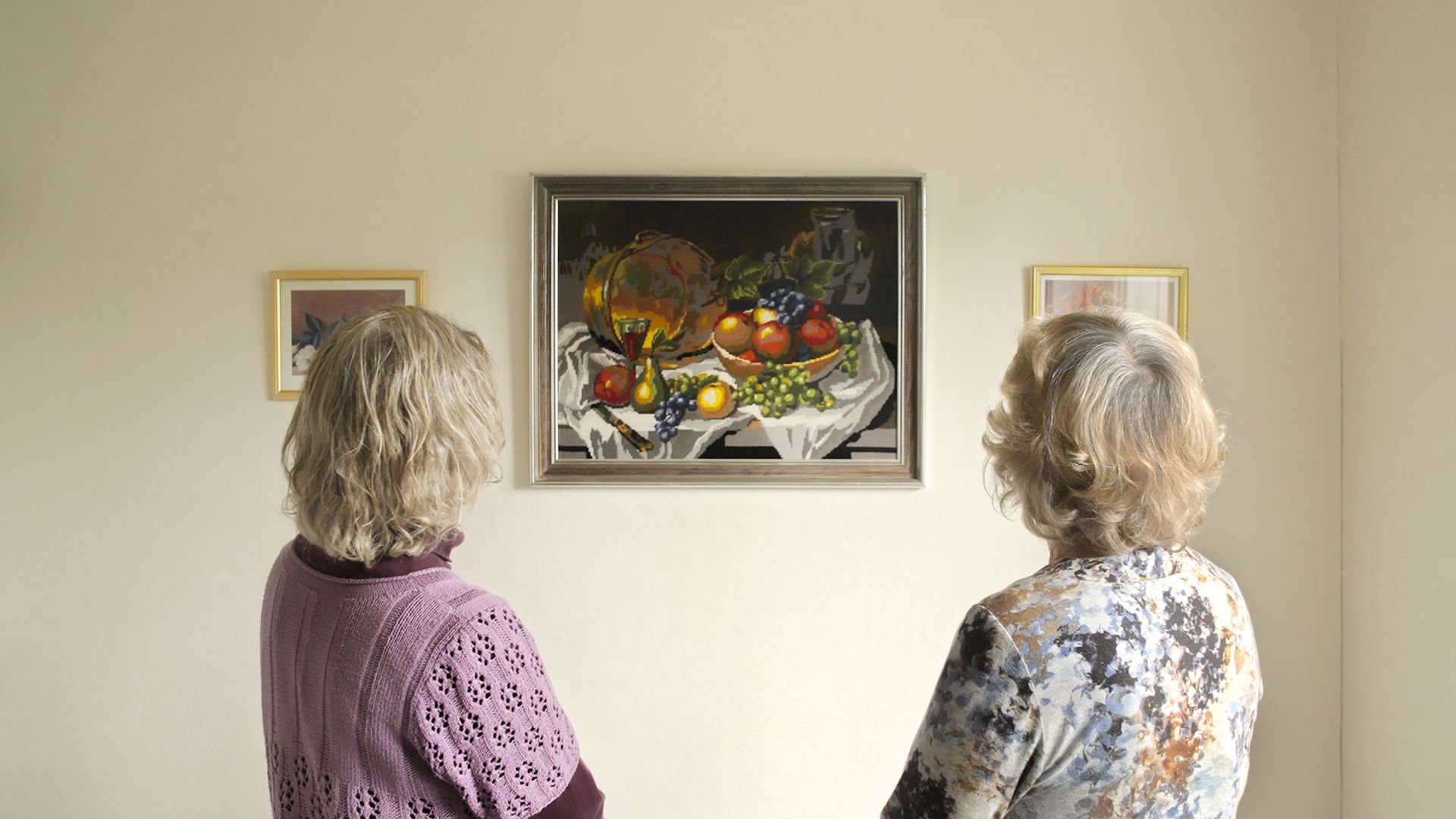
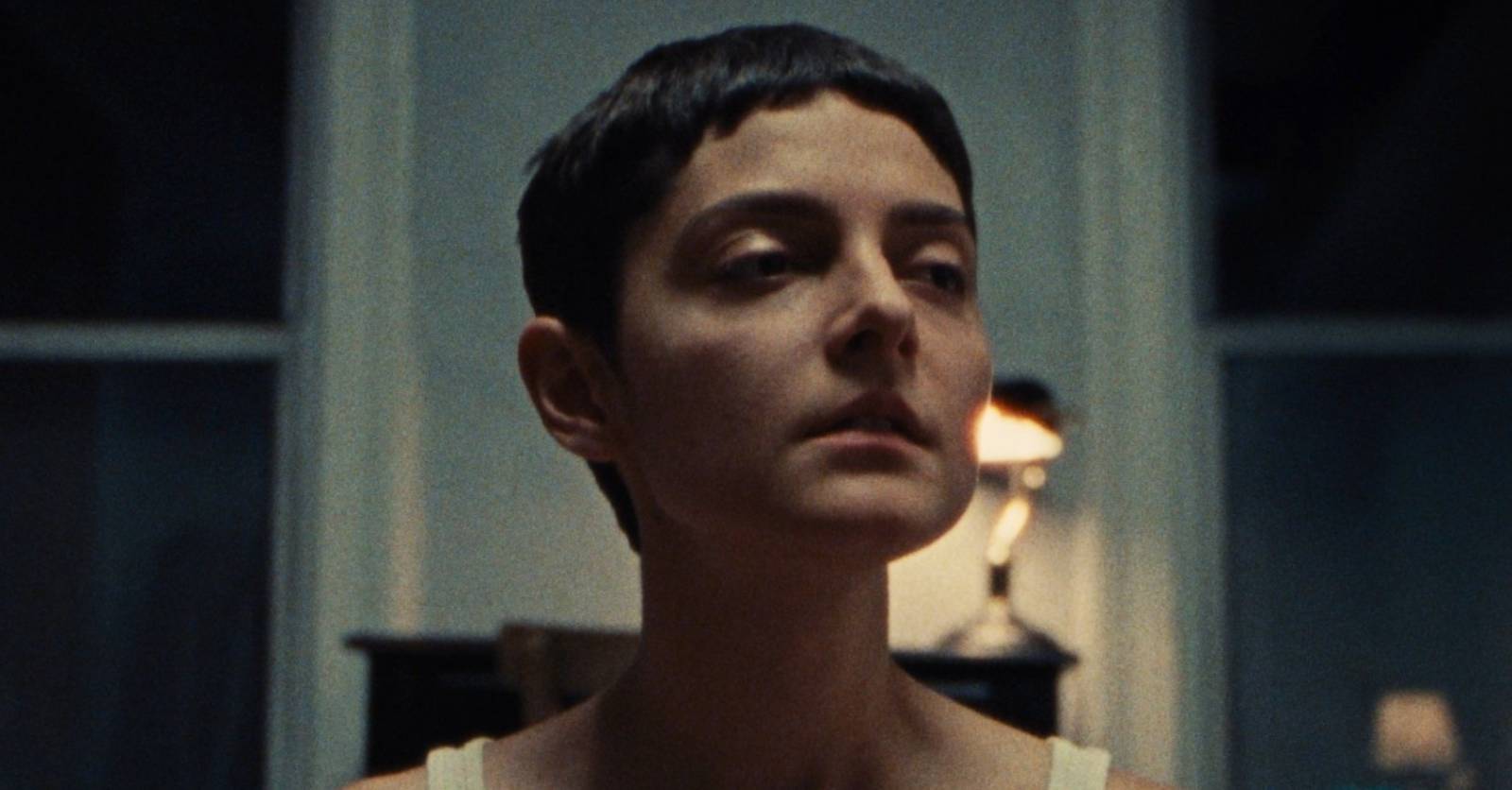
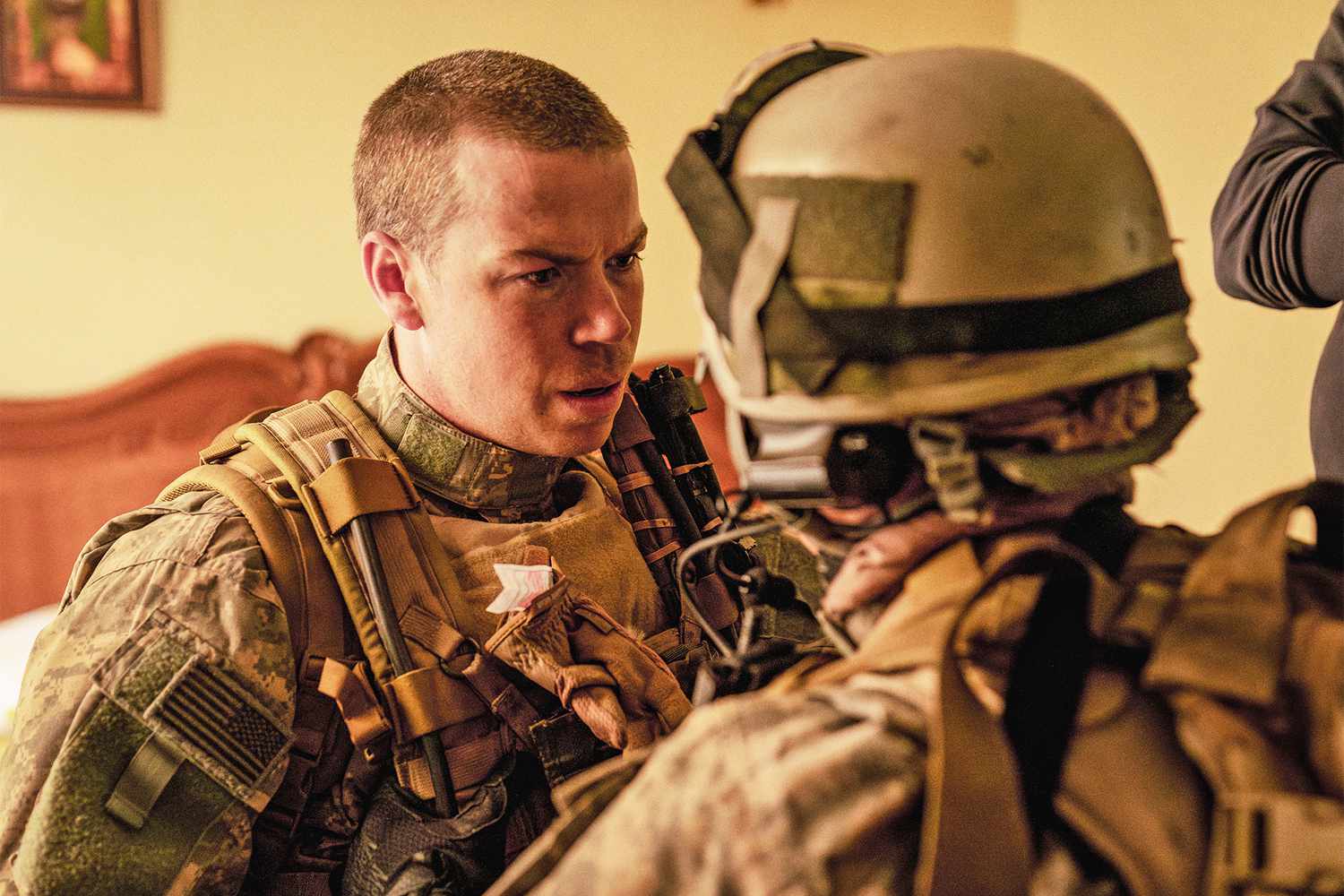
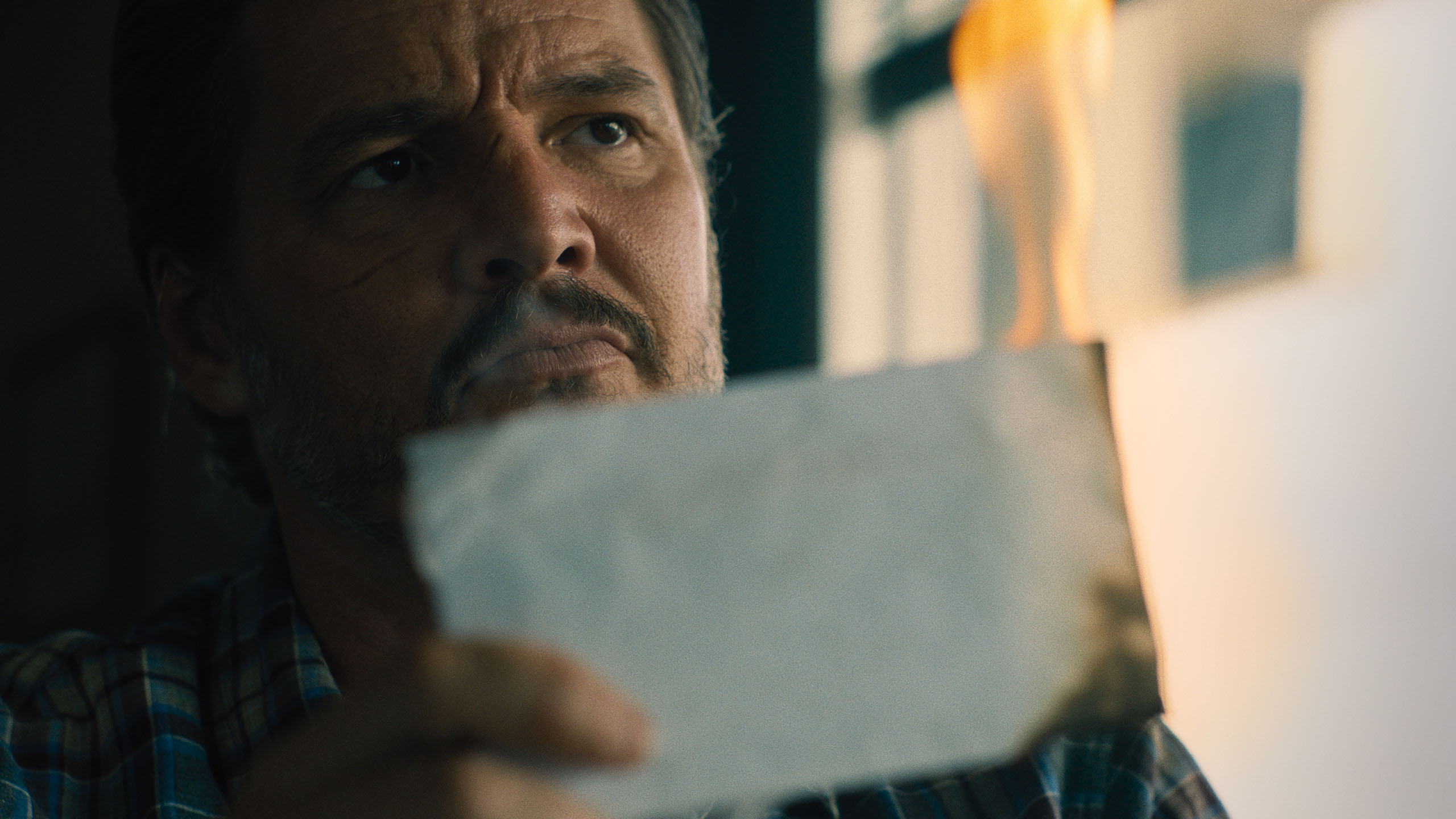





![‘Project Hail Mary,’ ‘Masters of the Universe,’ ‘After The Hunt’ Provide Amazon MGM Studios With Some Legit Fire [CinemaCon]](https://cdn.theplaylist.net/wp-content/uploads/2025/04/03034142/AmazonMGMStageCinemaCon.jpg)
![‘Wicked For Good’ & ‘Jurassic World Rebirth’ Look Massive For Universal Pictures [CinemaCon]](https://cdn.theplaylist.net/wp-content/uploads/2025/02/12165521/WickedSunset.jpg)









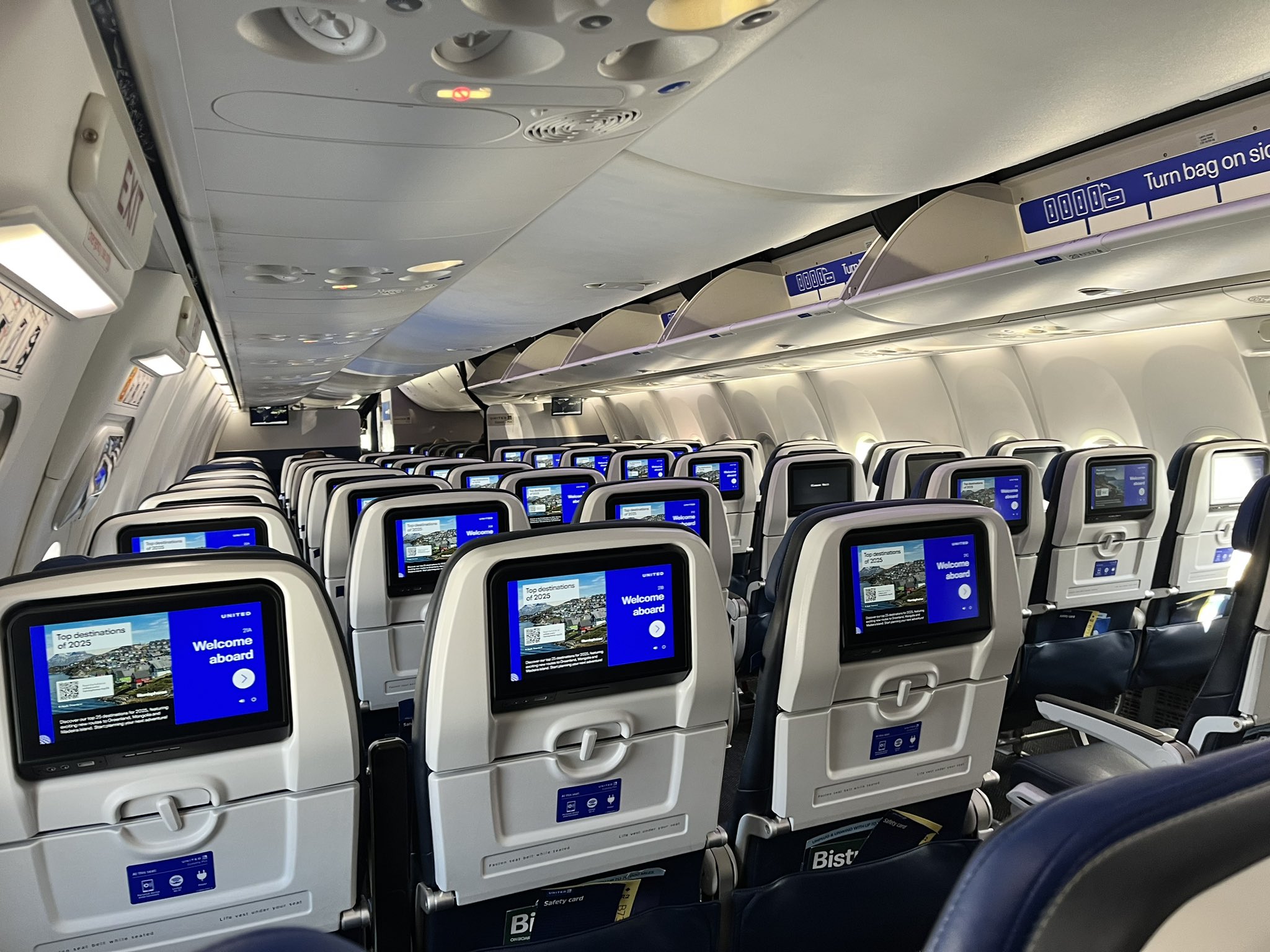










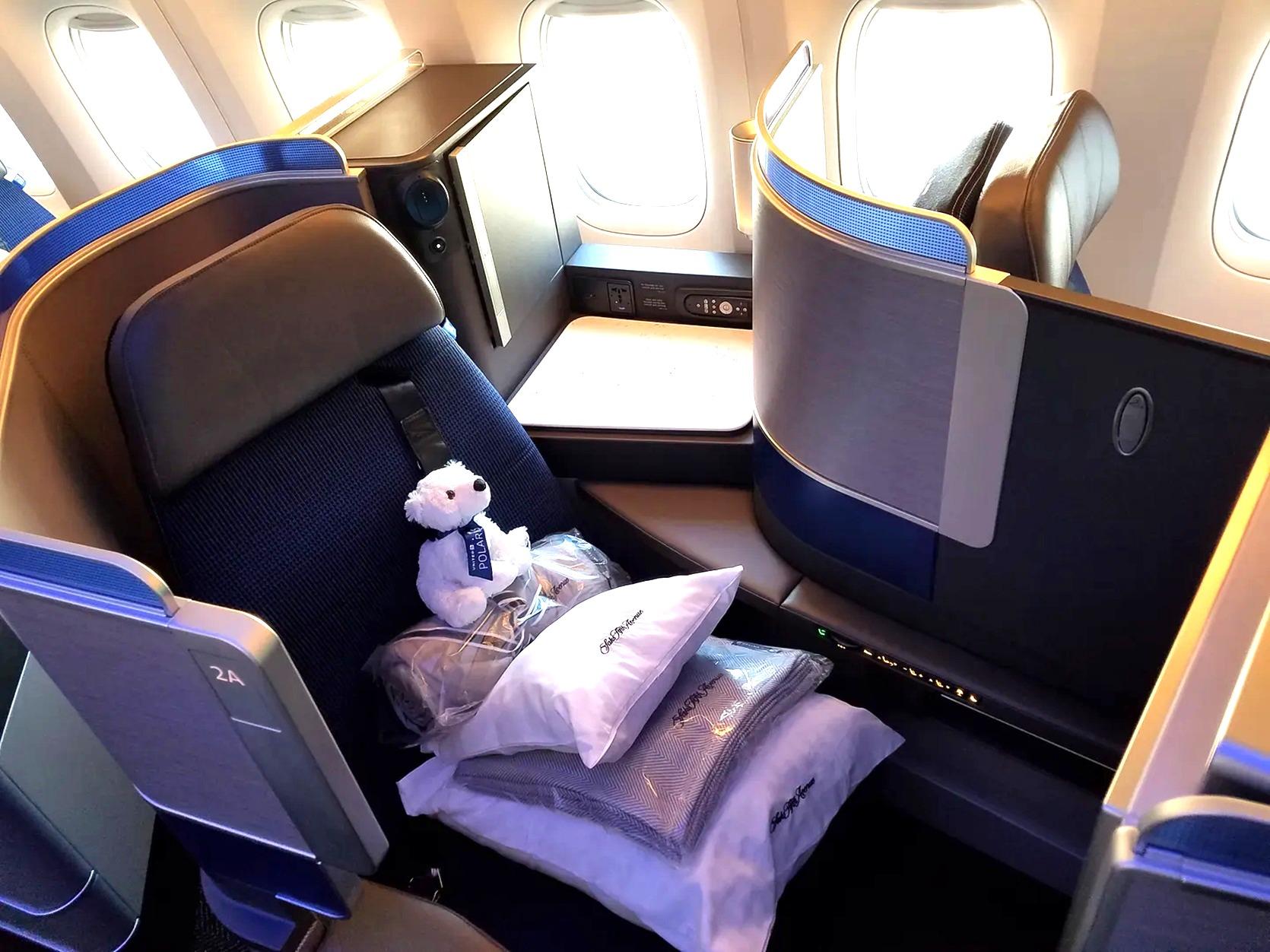
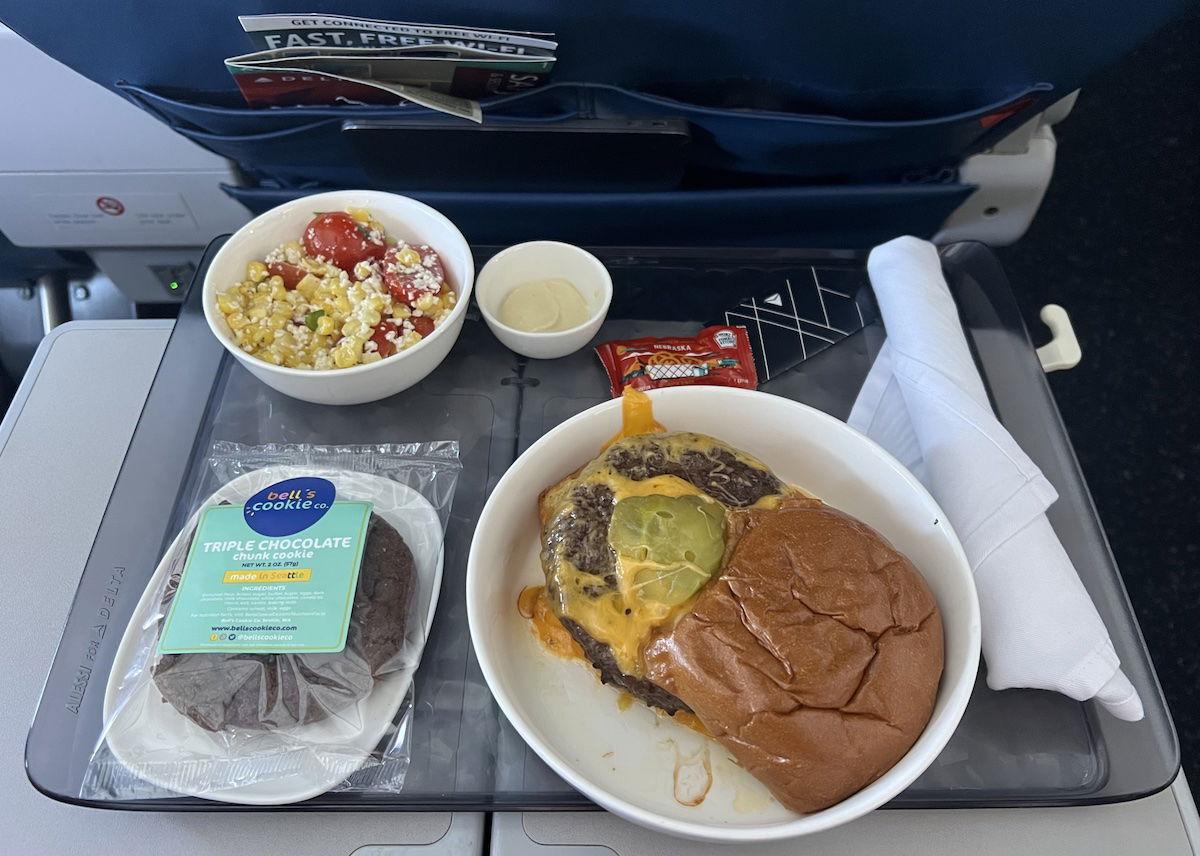

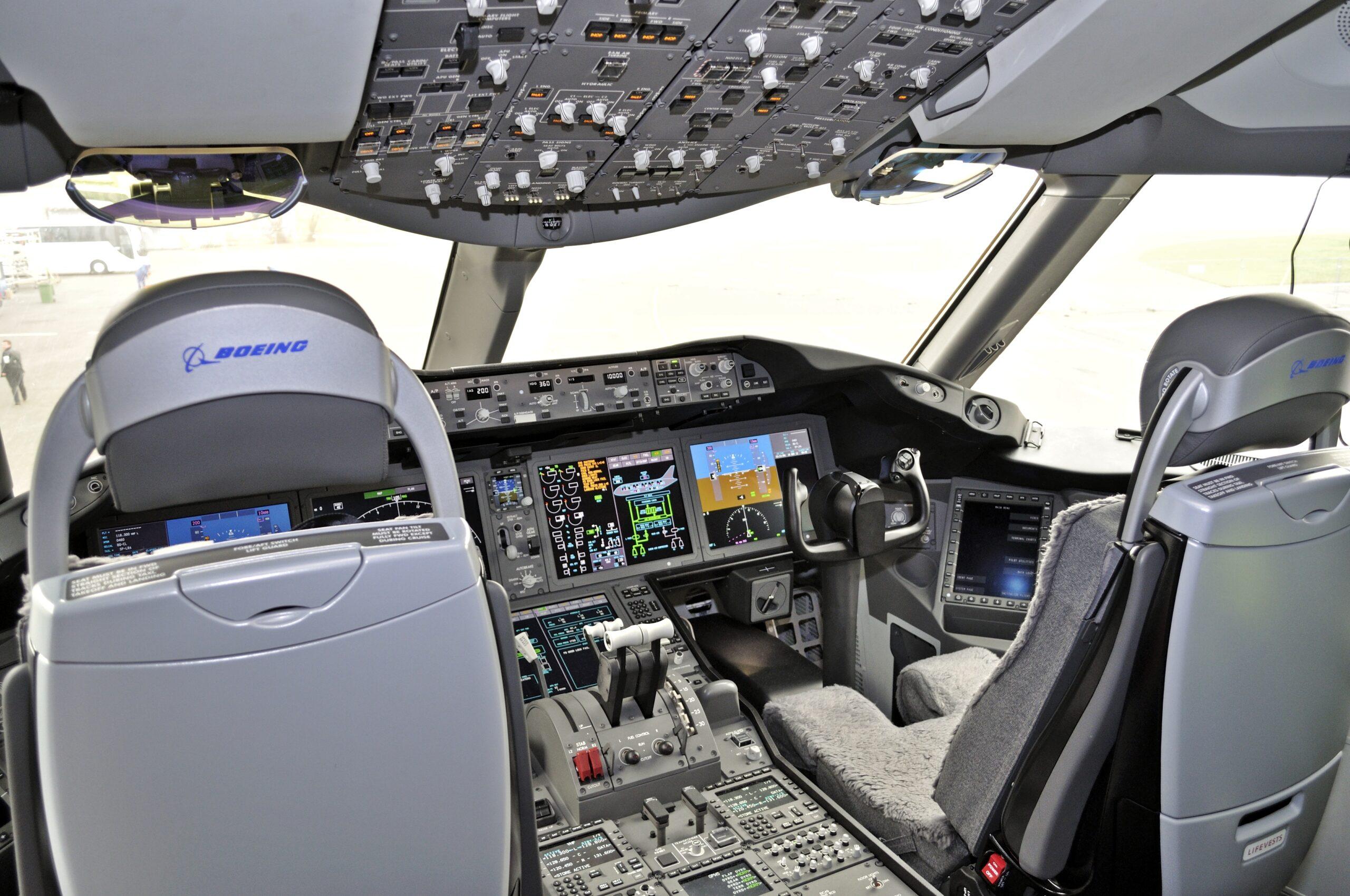














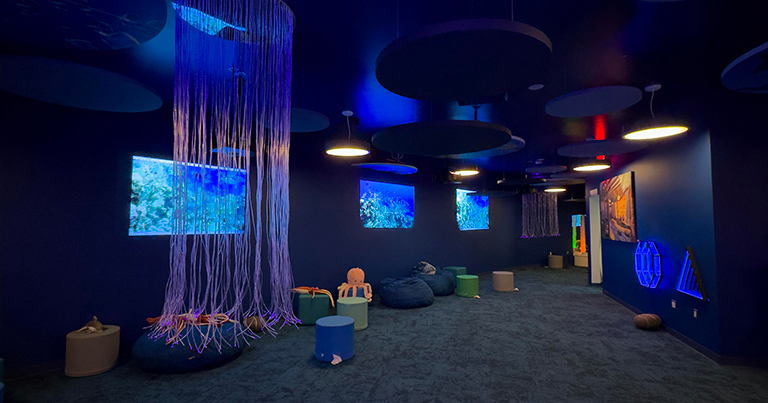






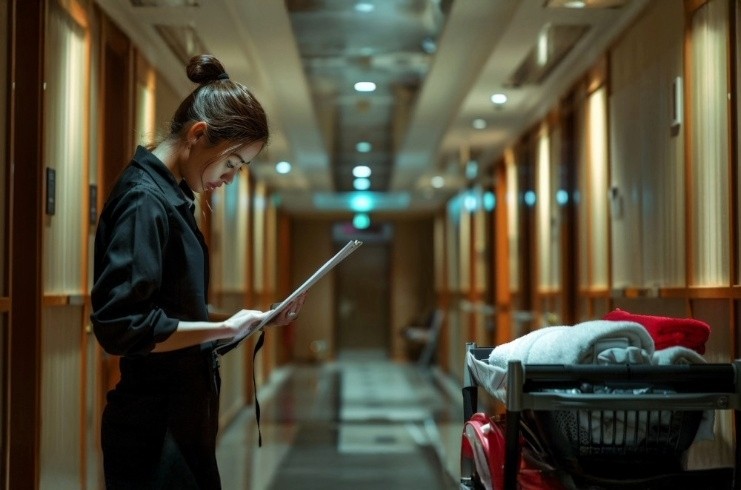




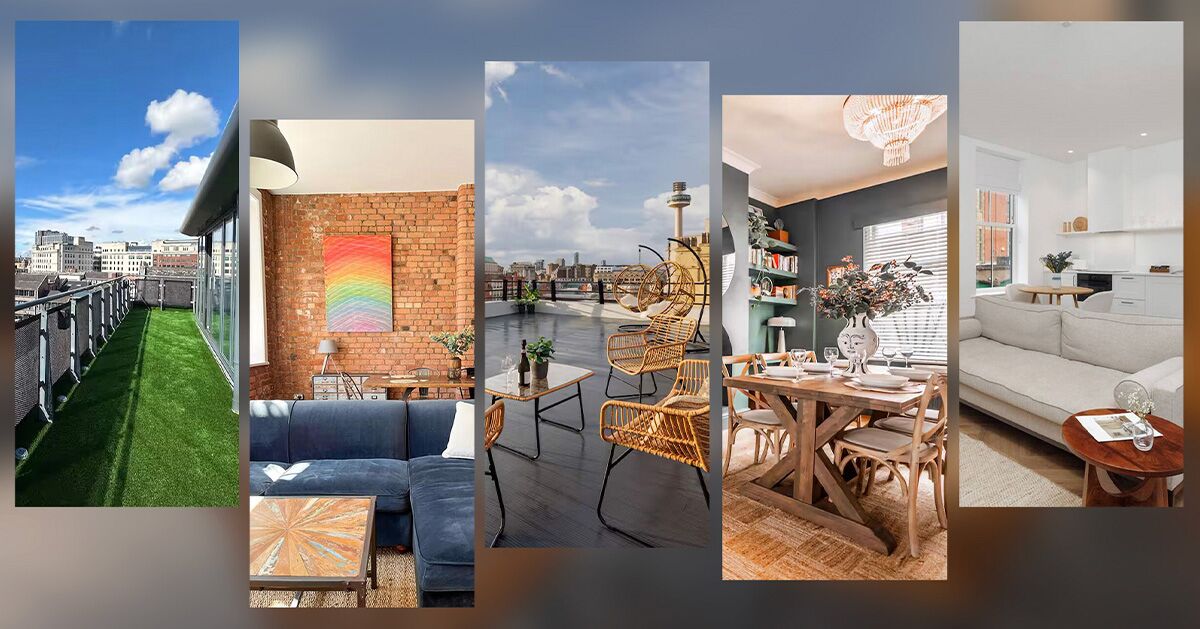


















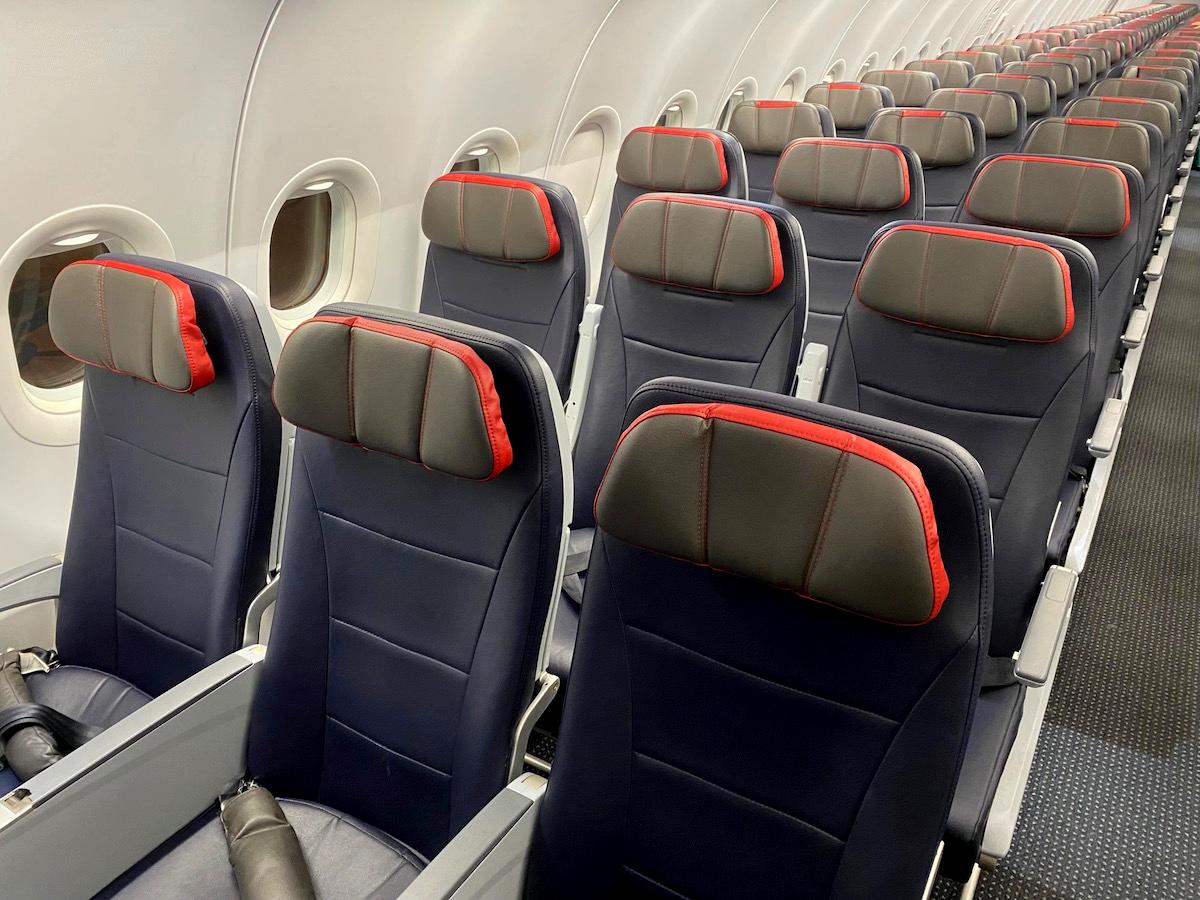






















































-Nintendo-Switch-2-–-Overview-trailer-00-00-32-(1)_HCqcxO1.png?width=1920&height=1920&fit=bounds&quality=80&format=jpg&auto=webp#)

















